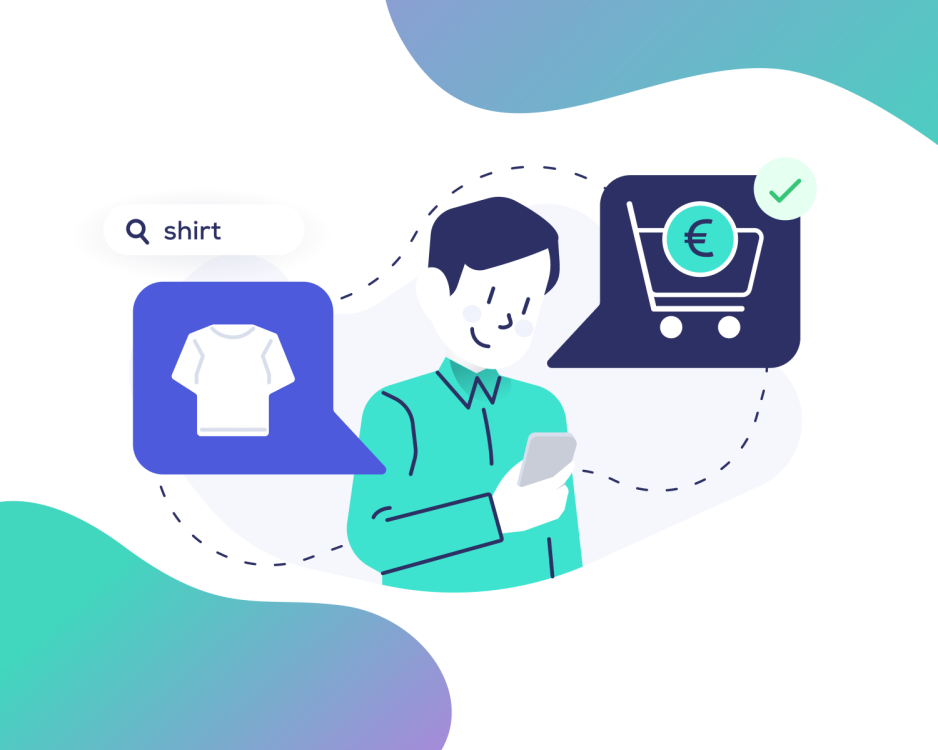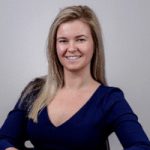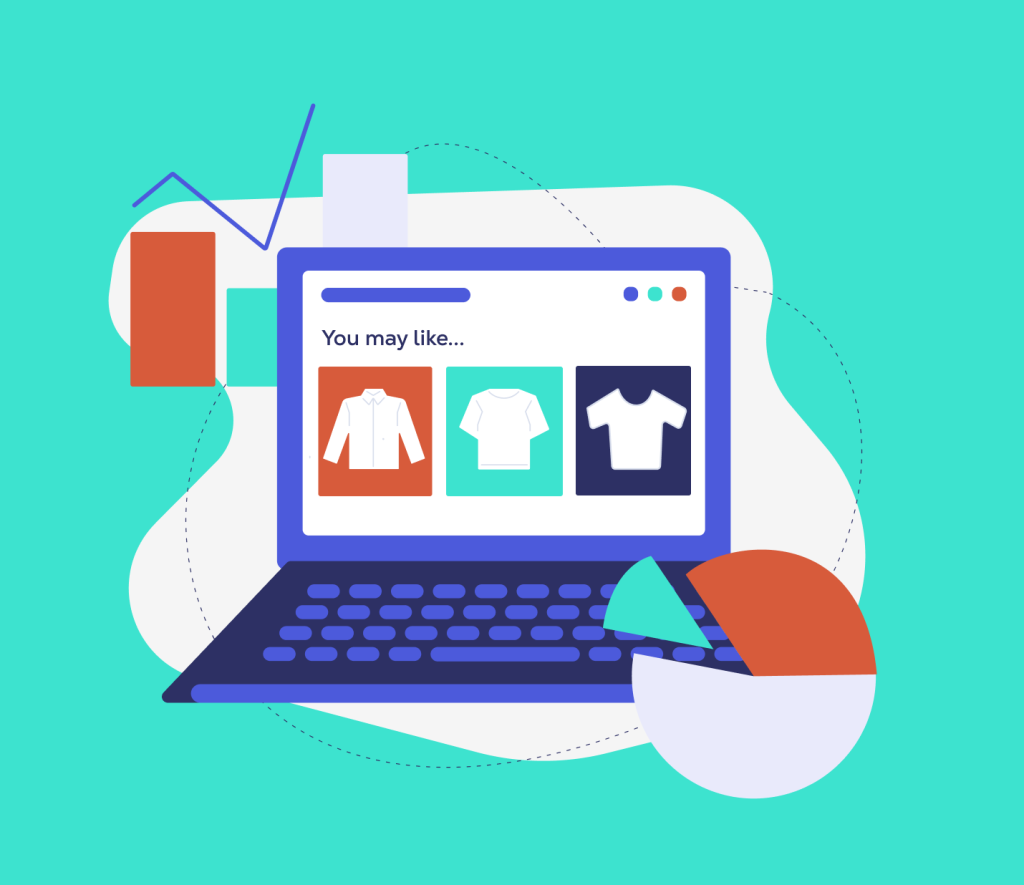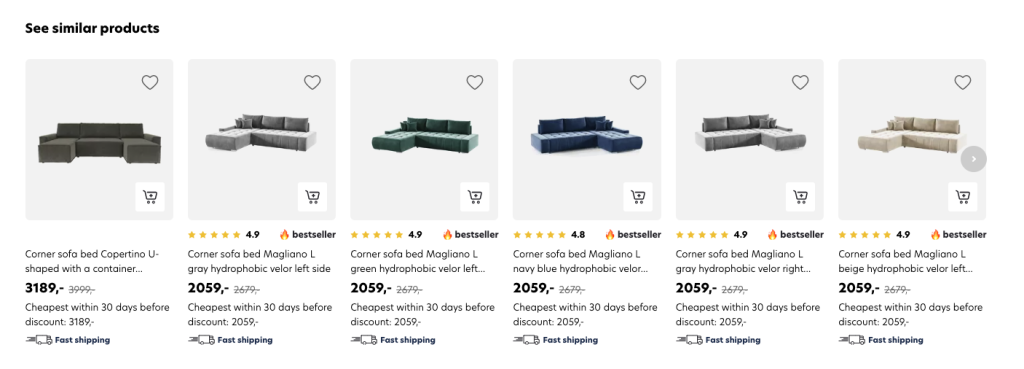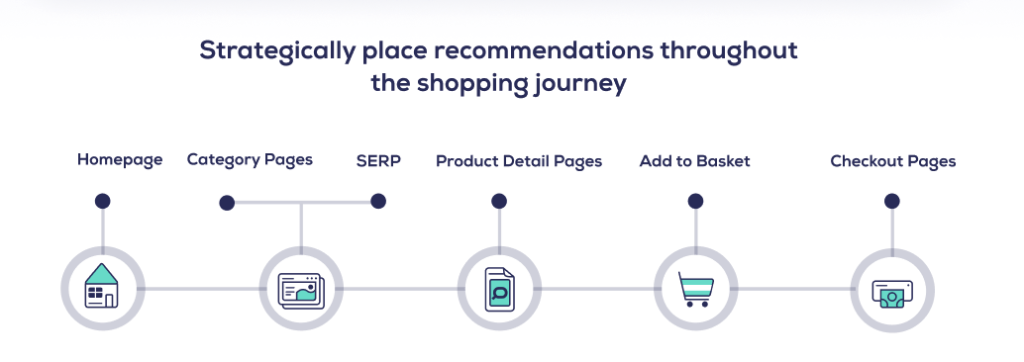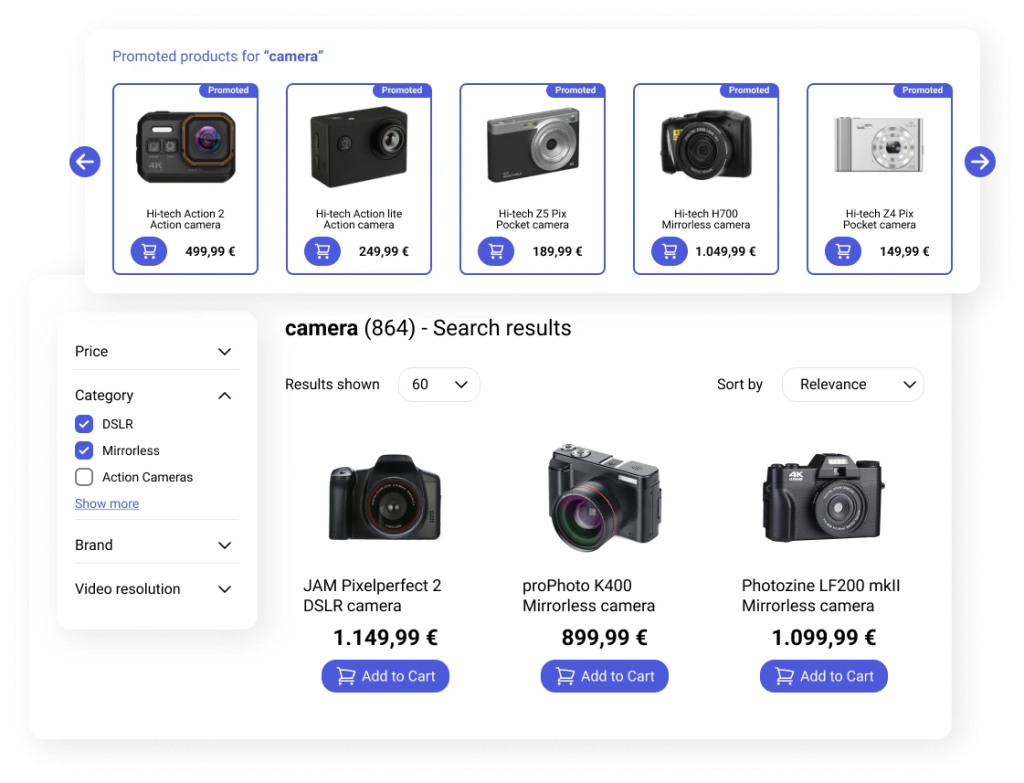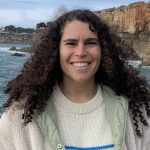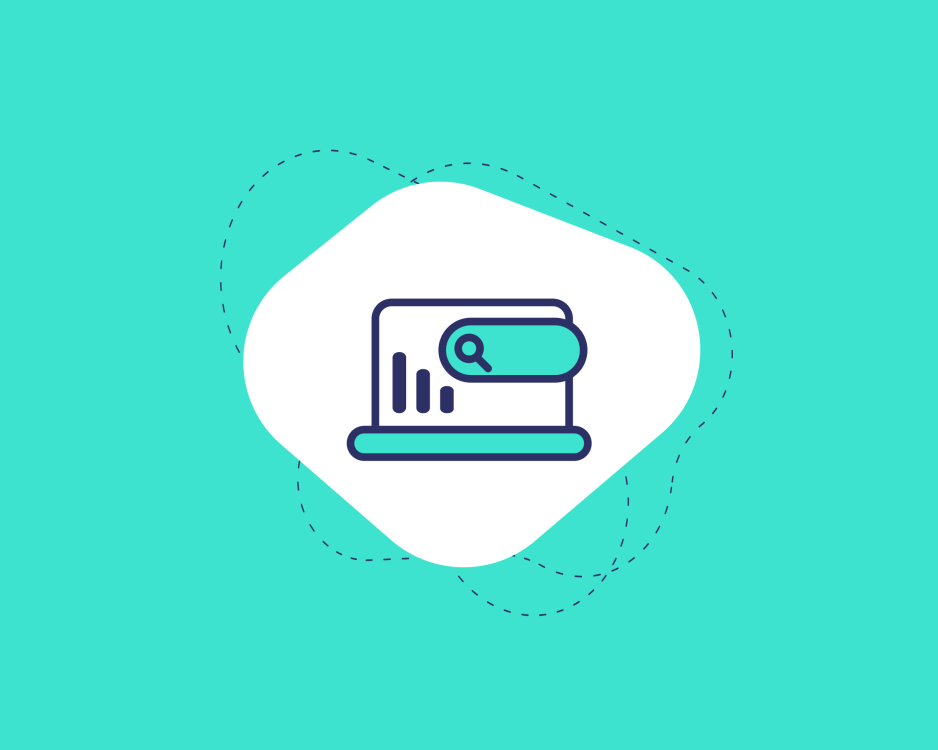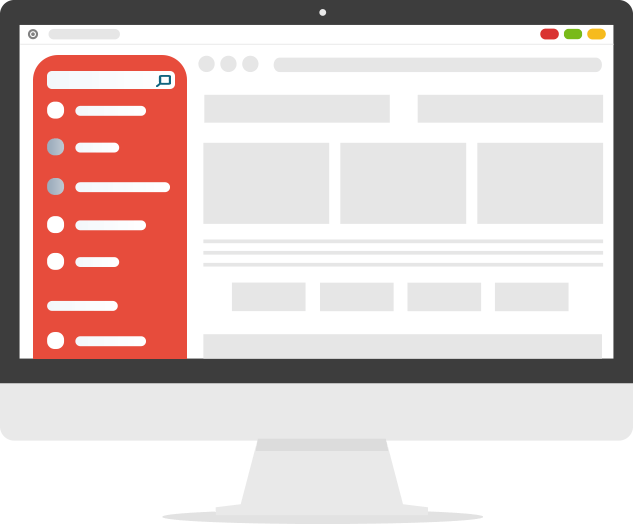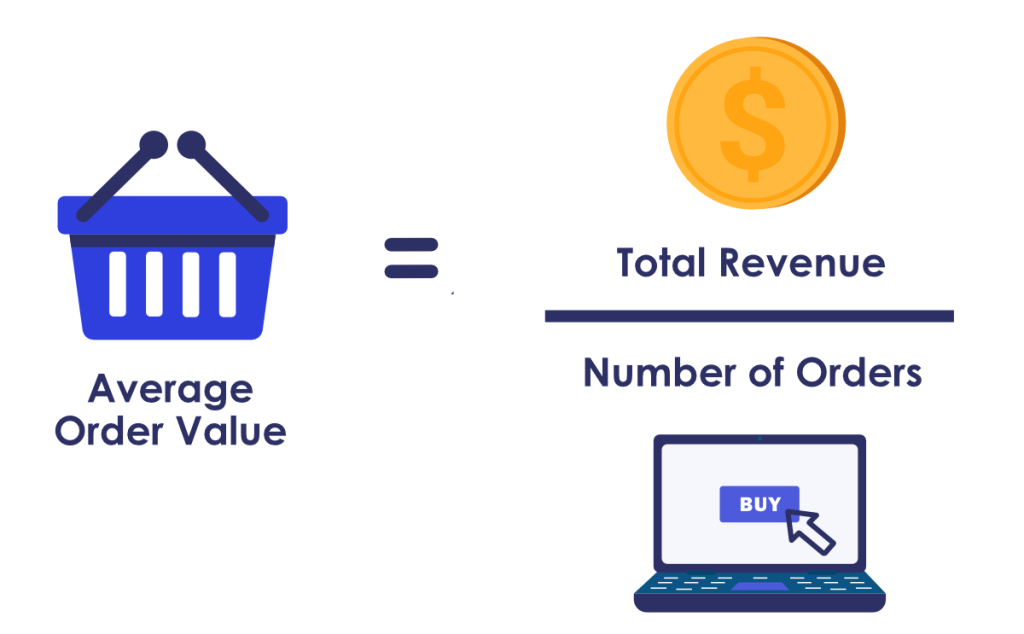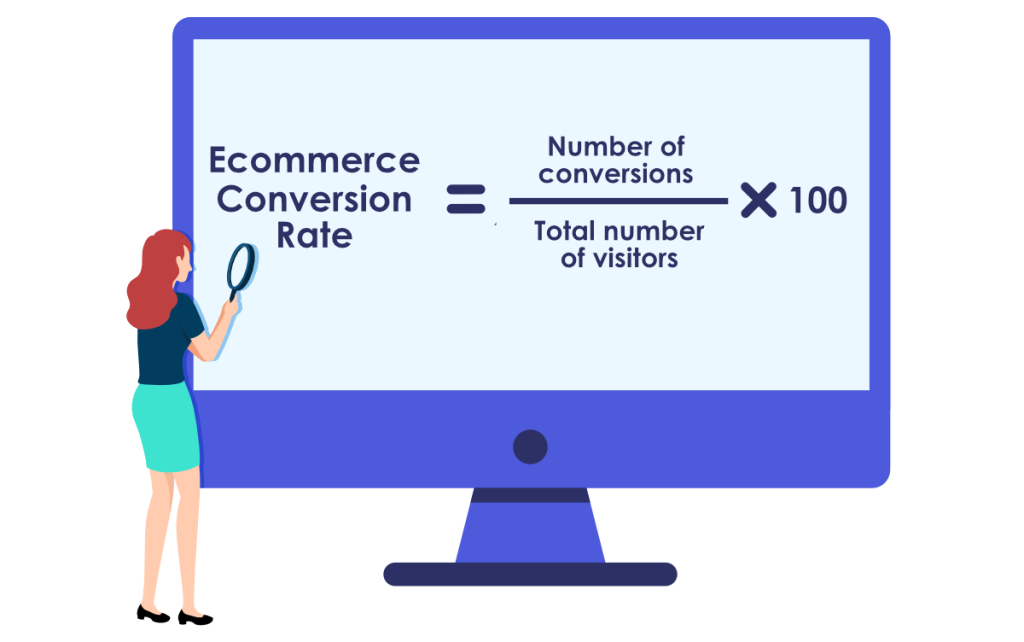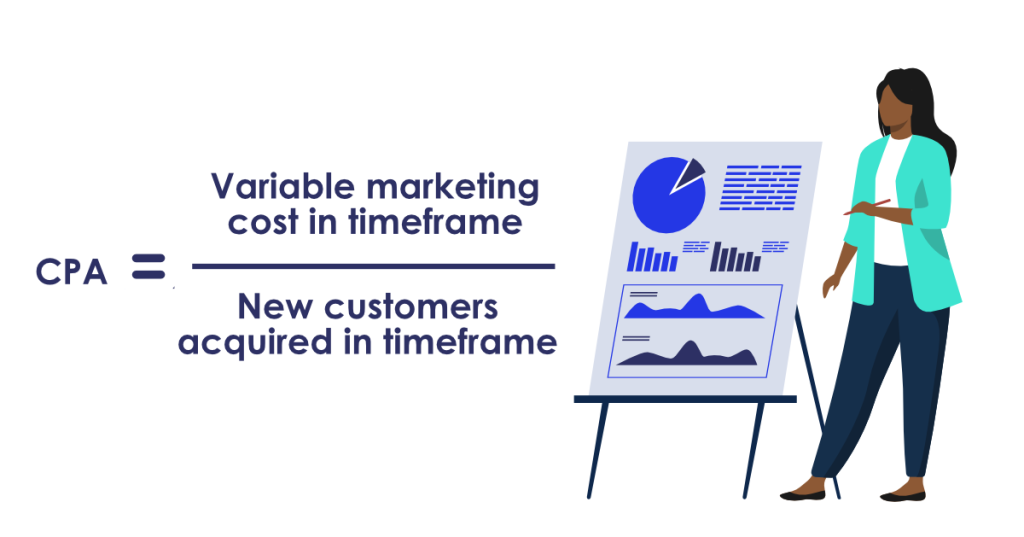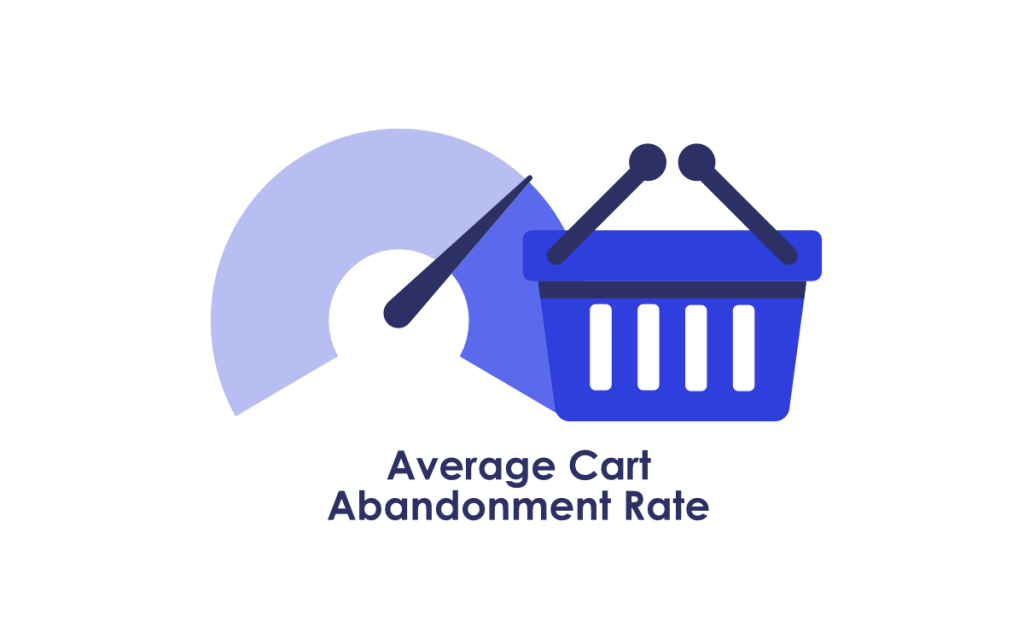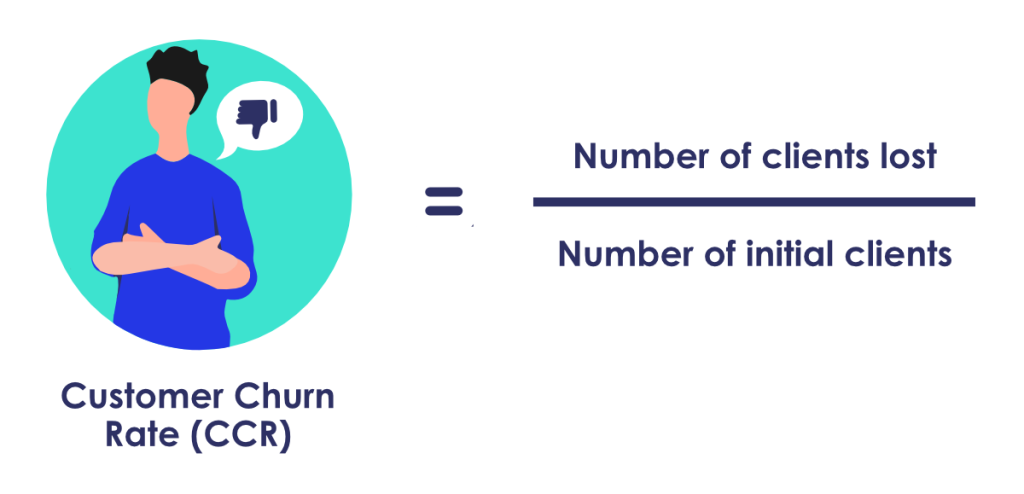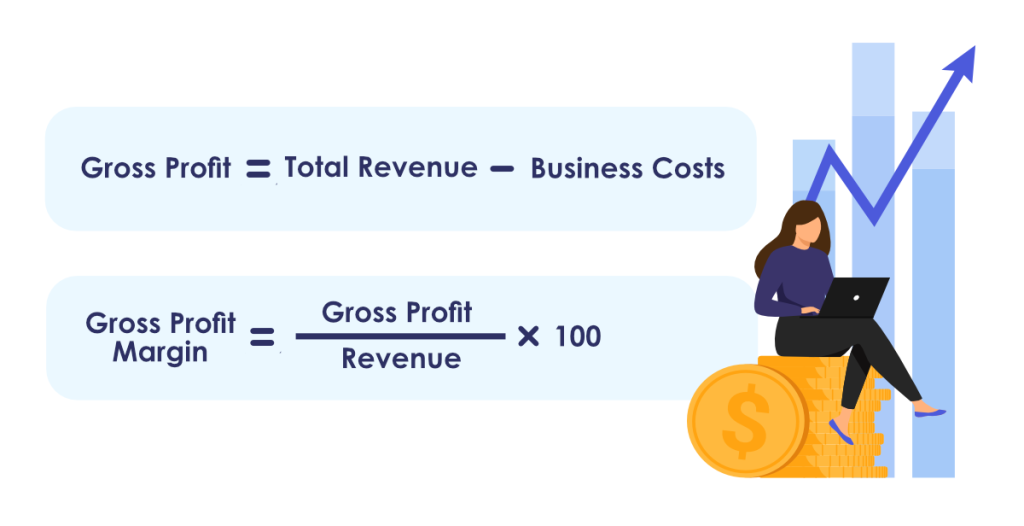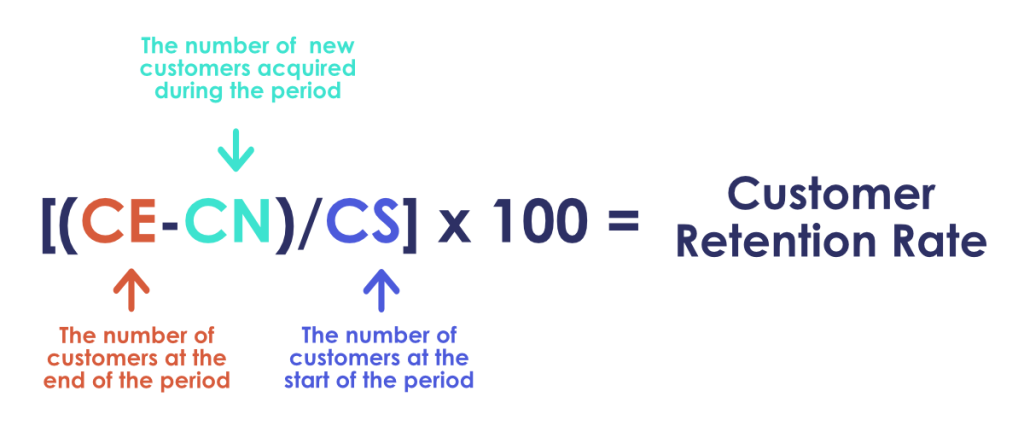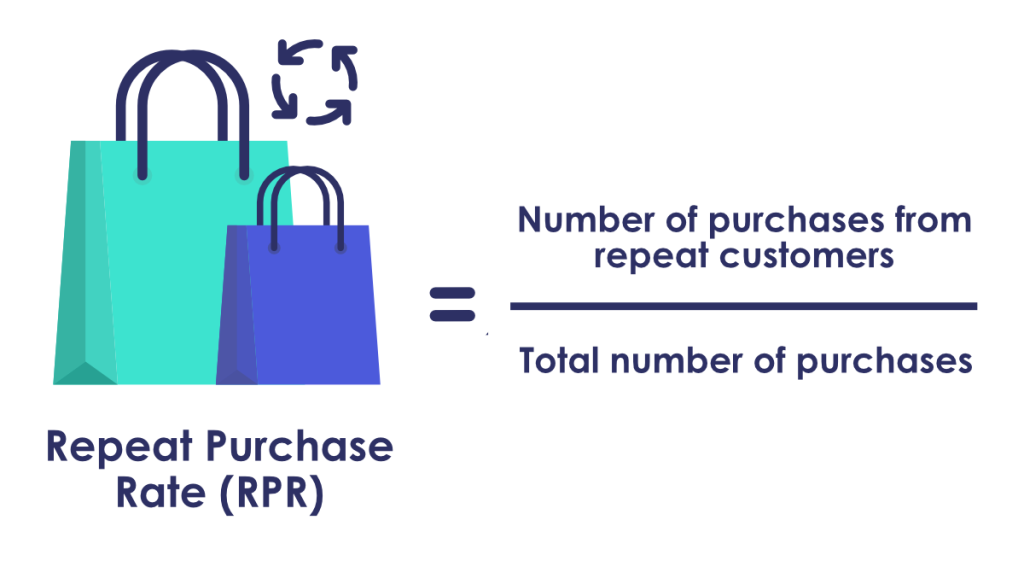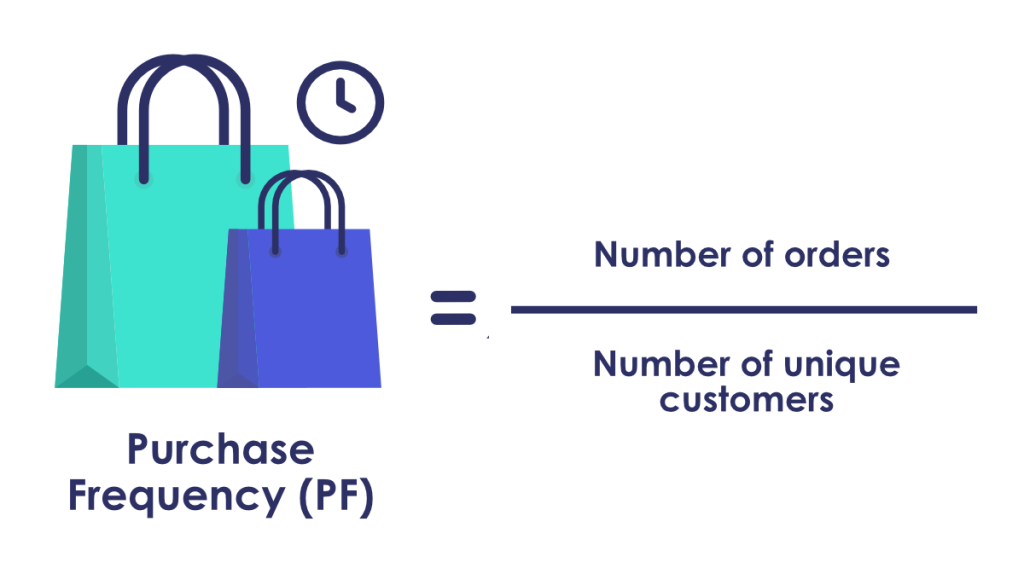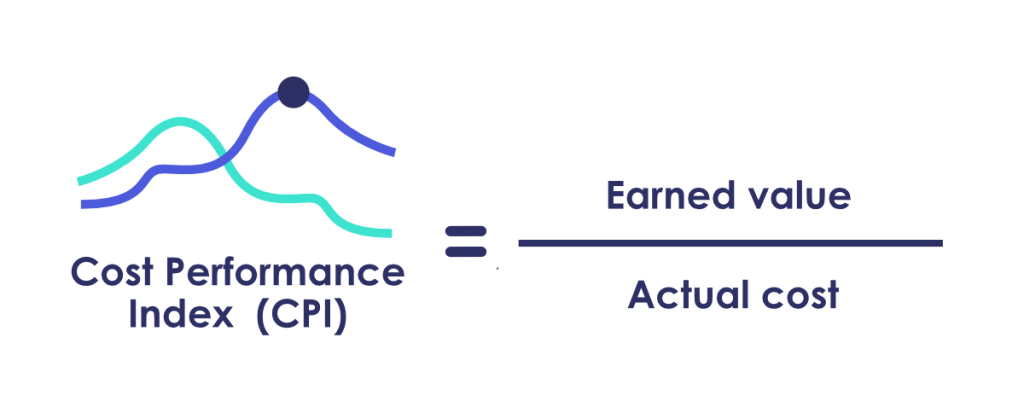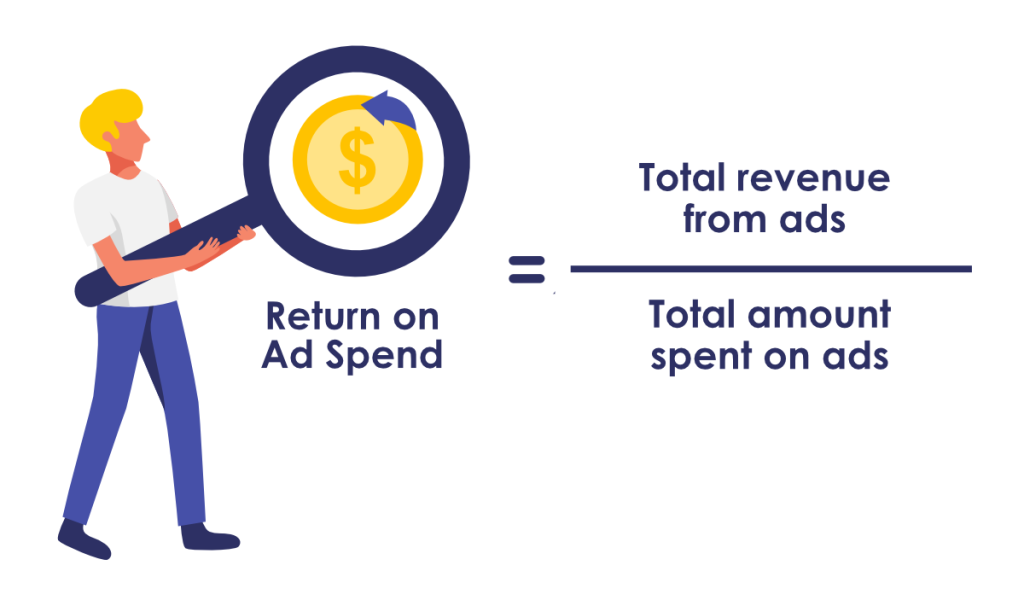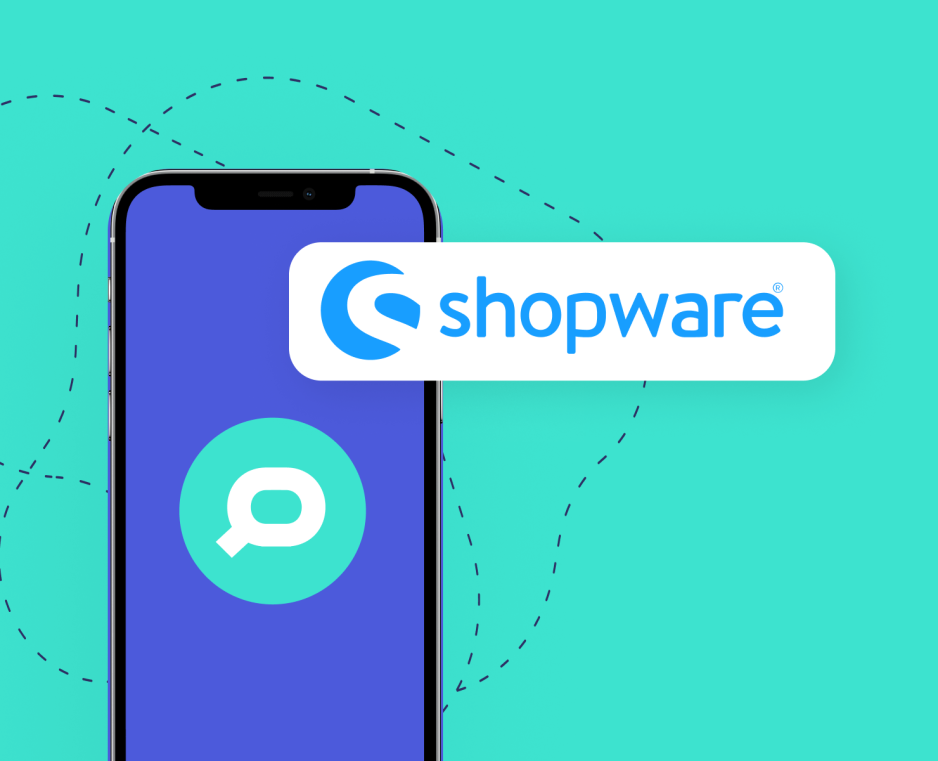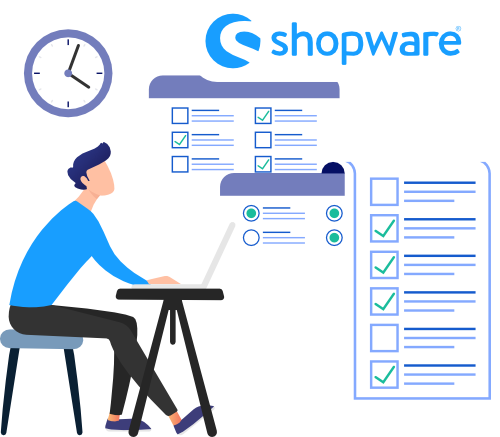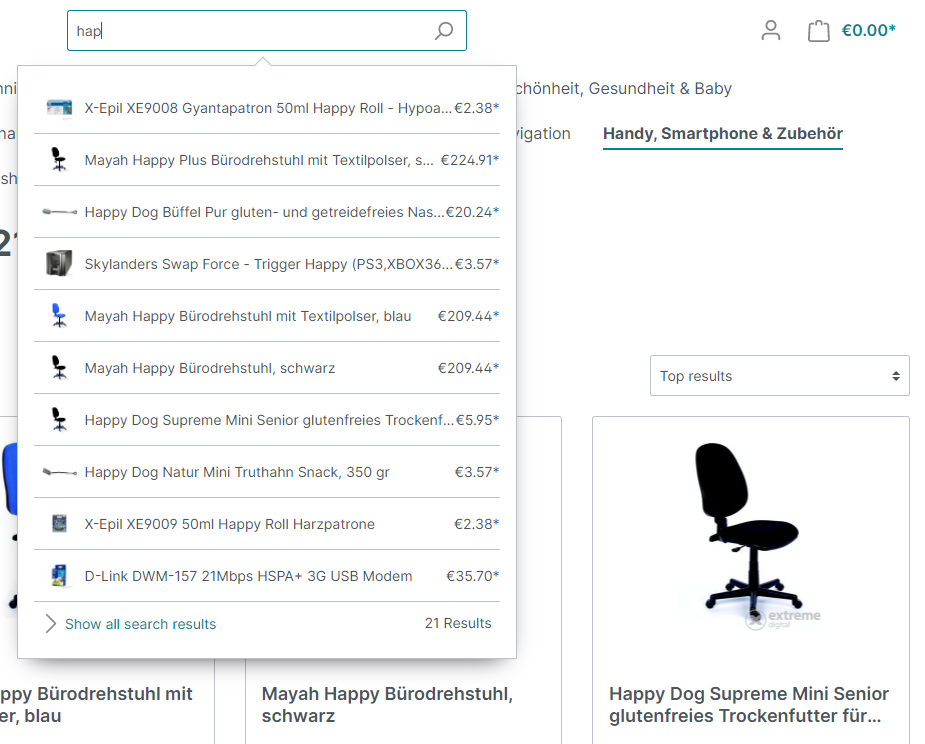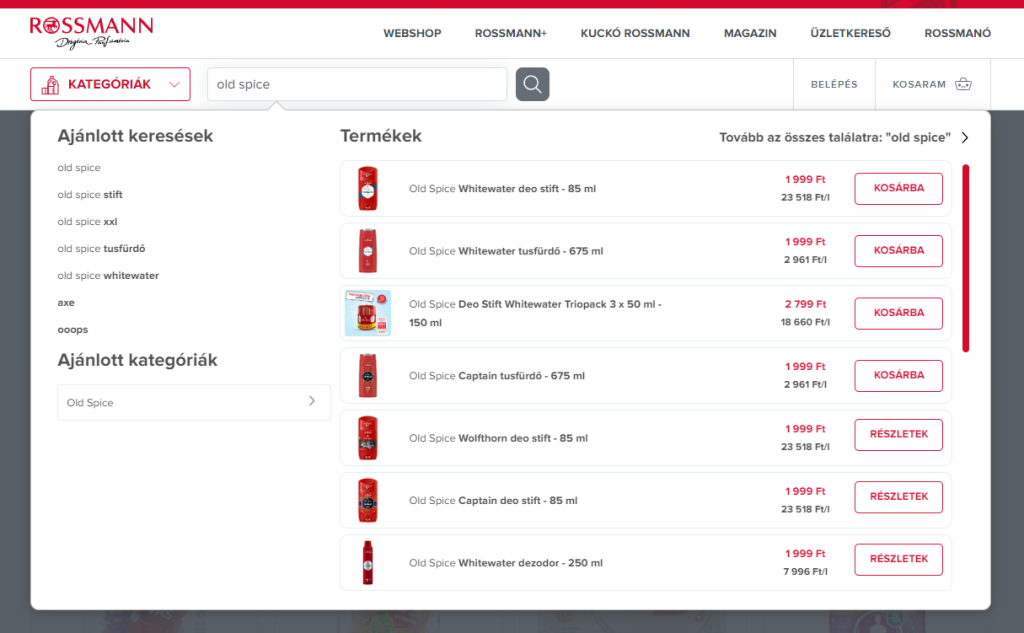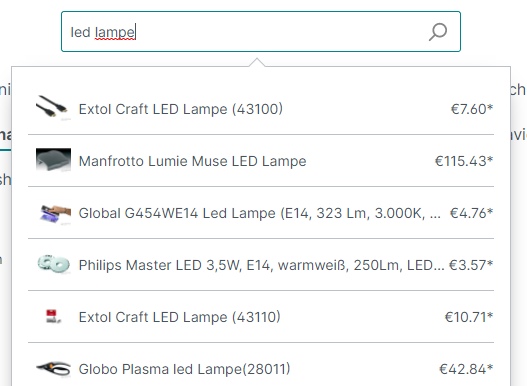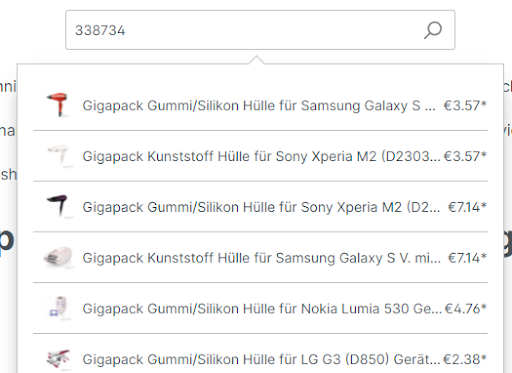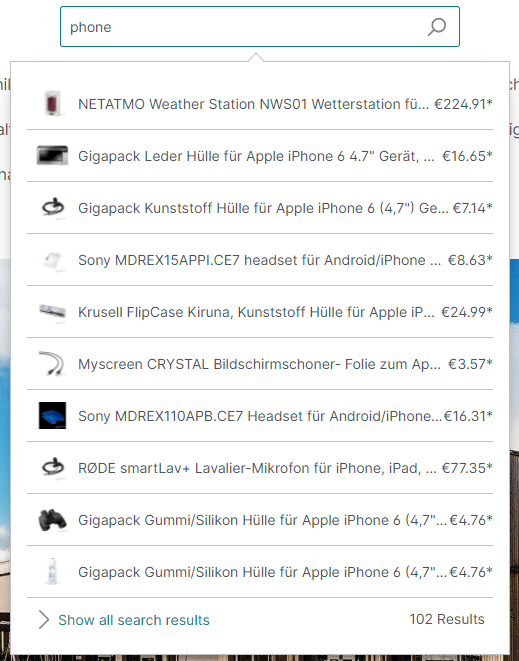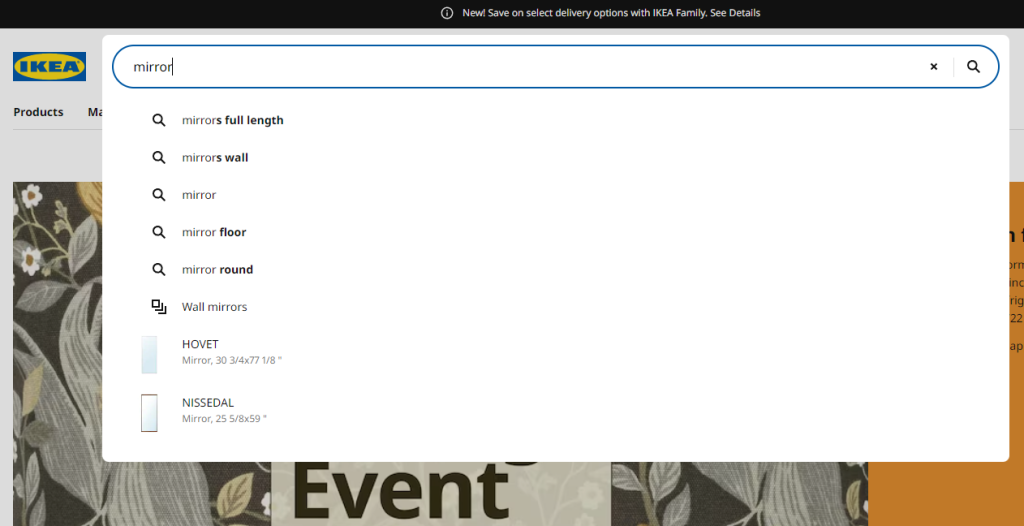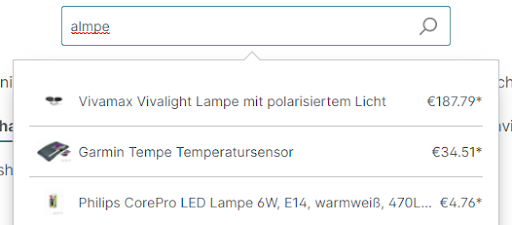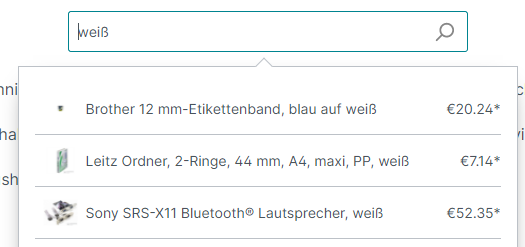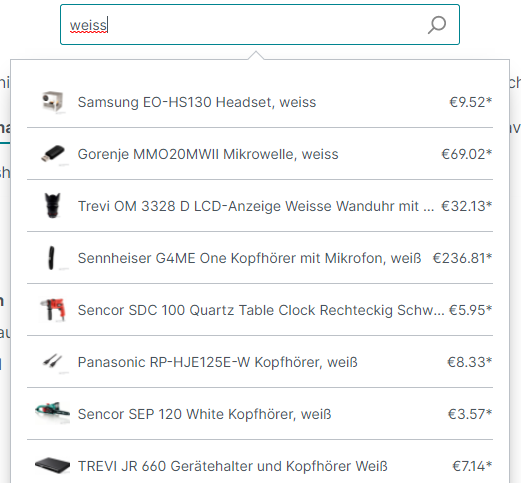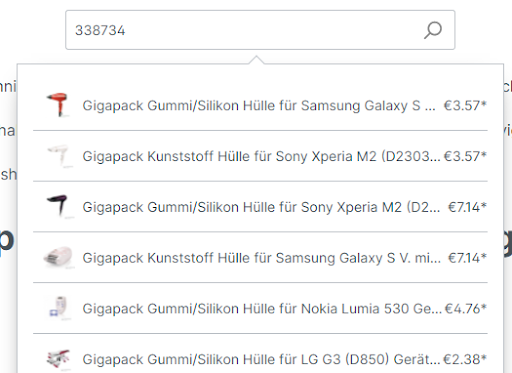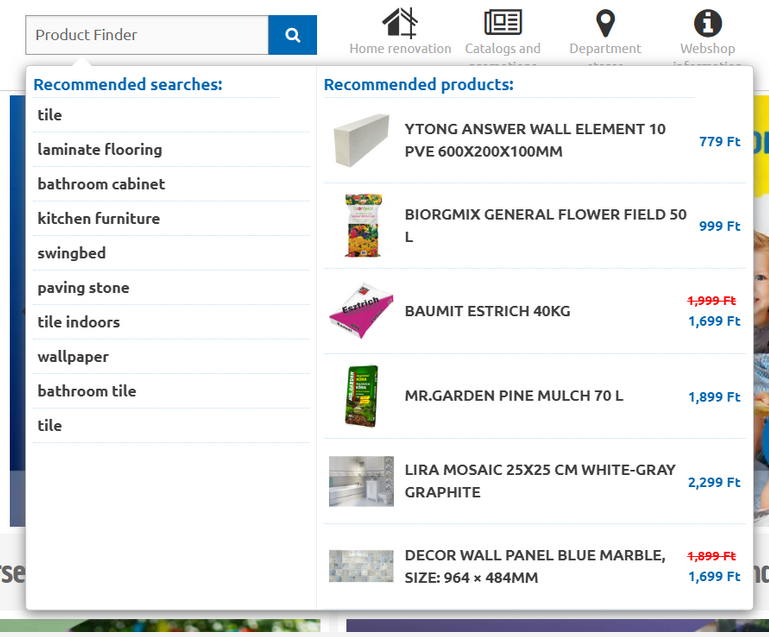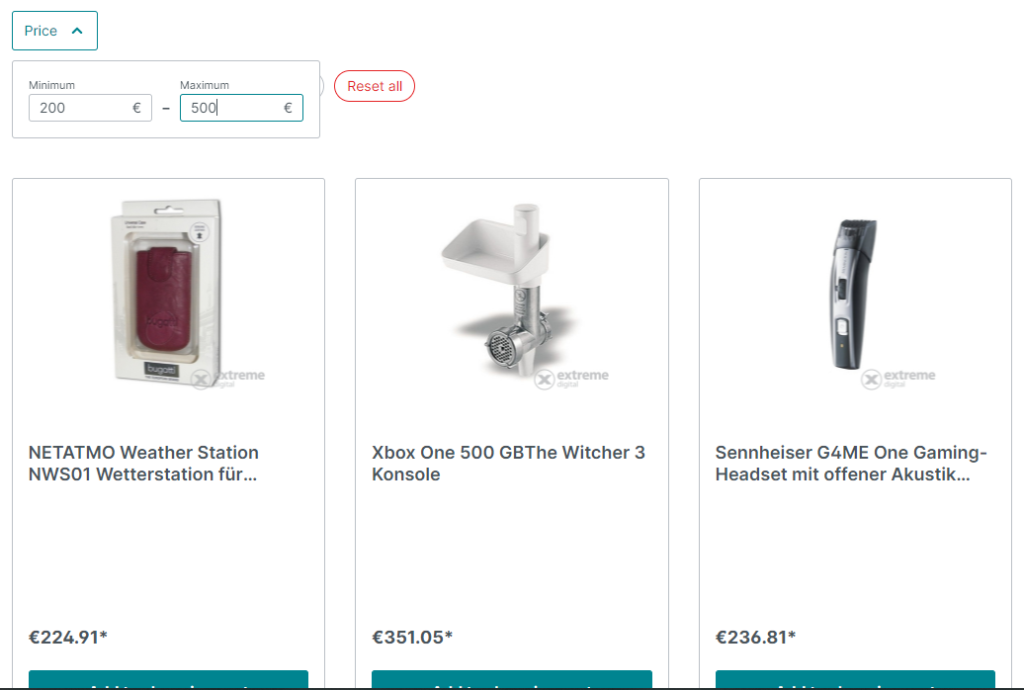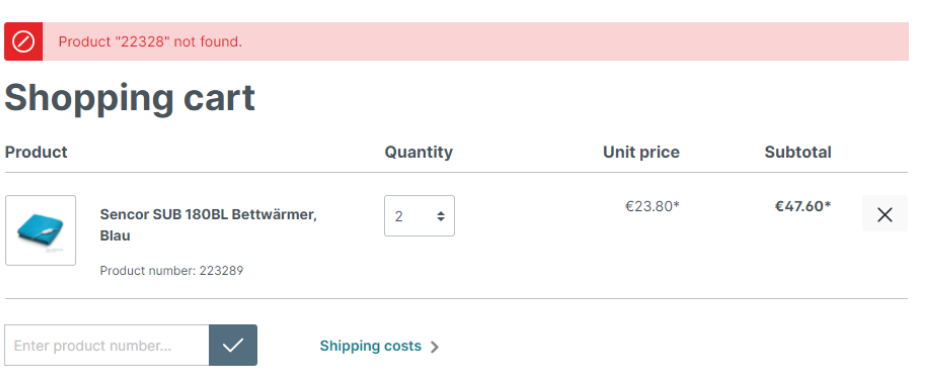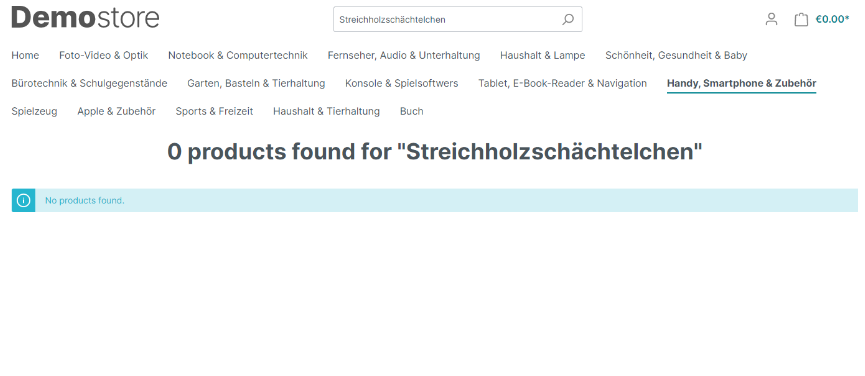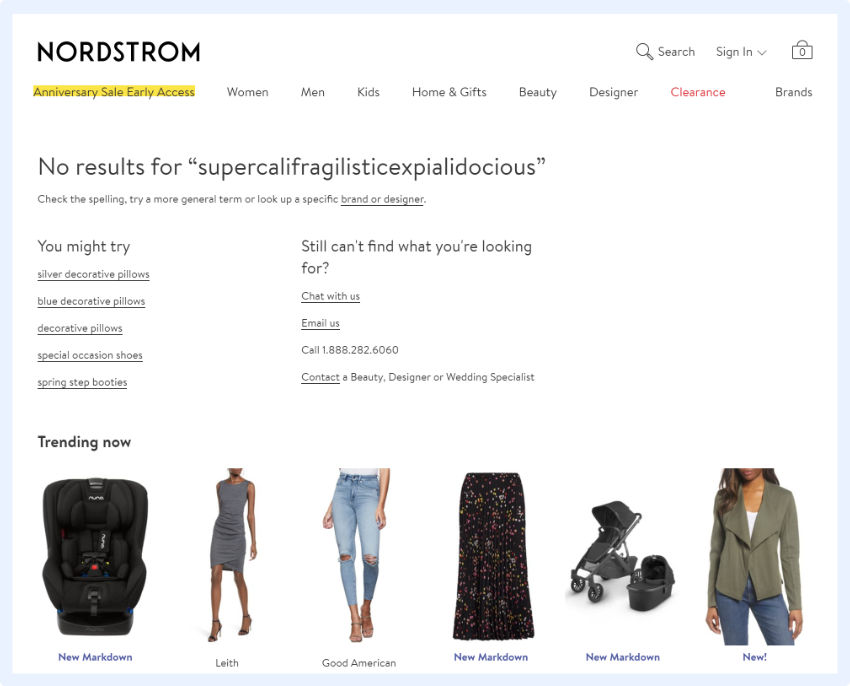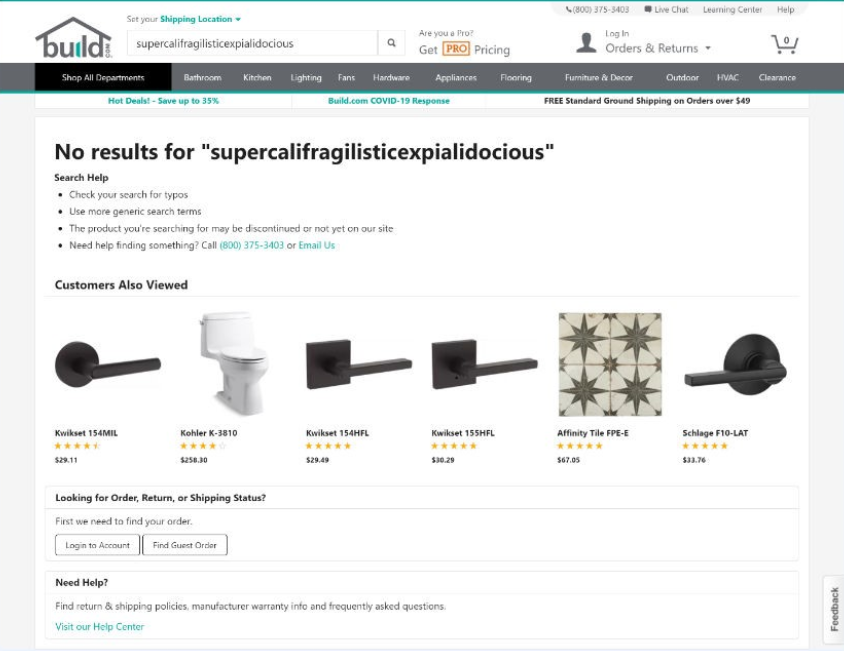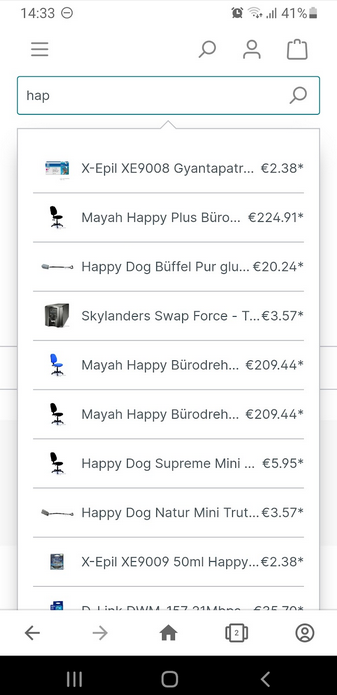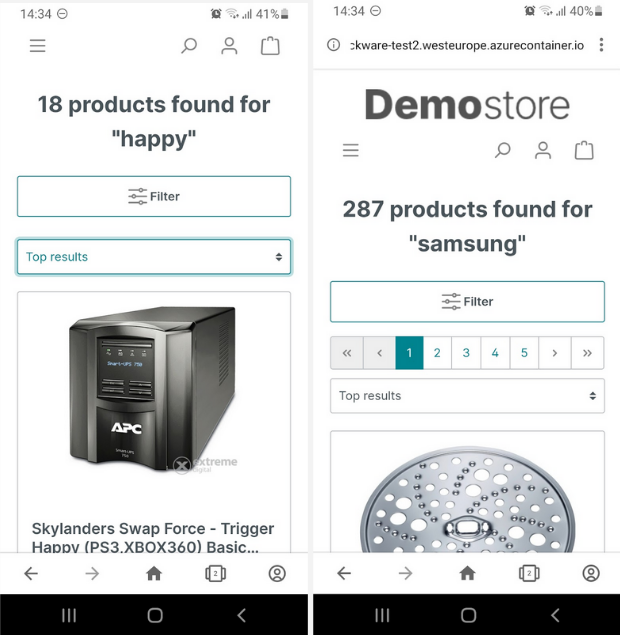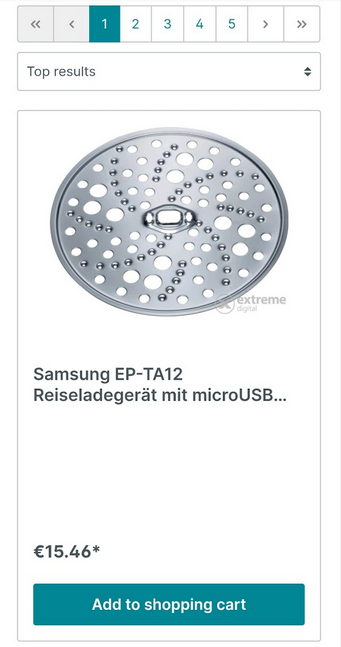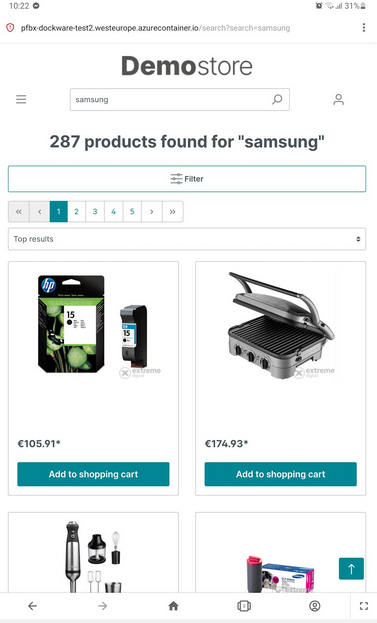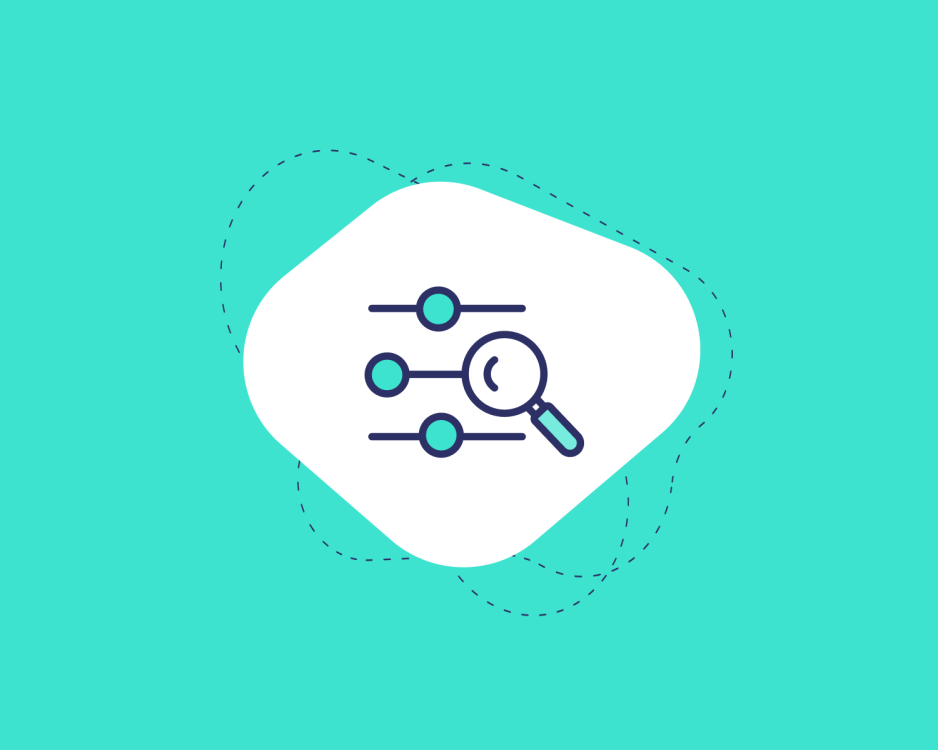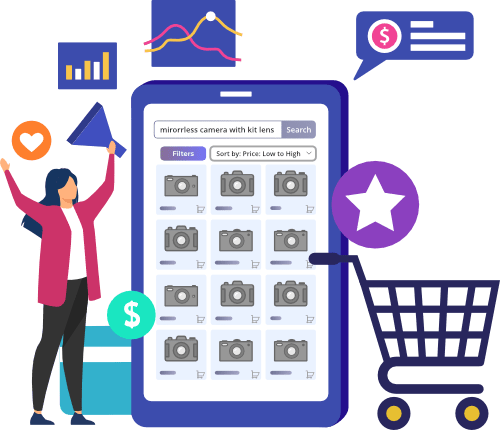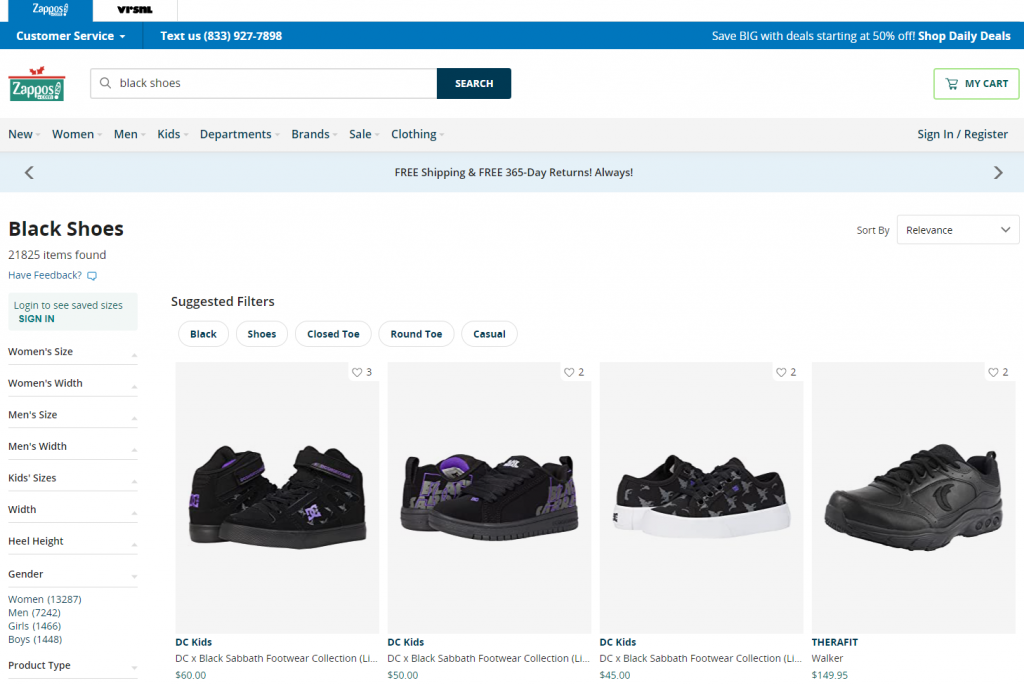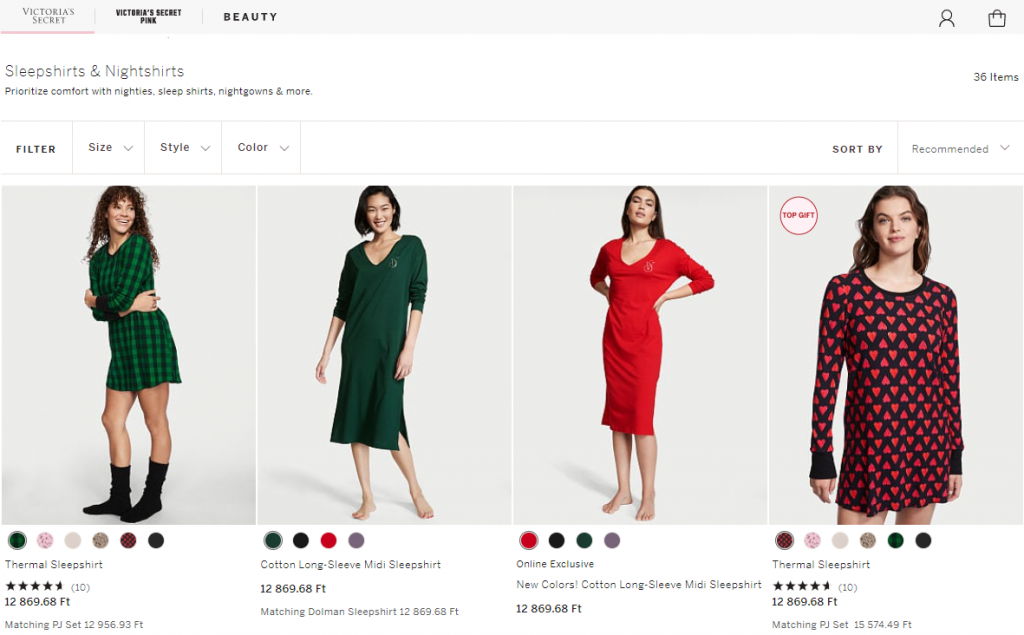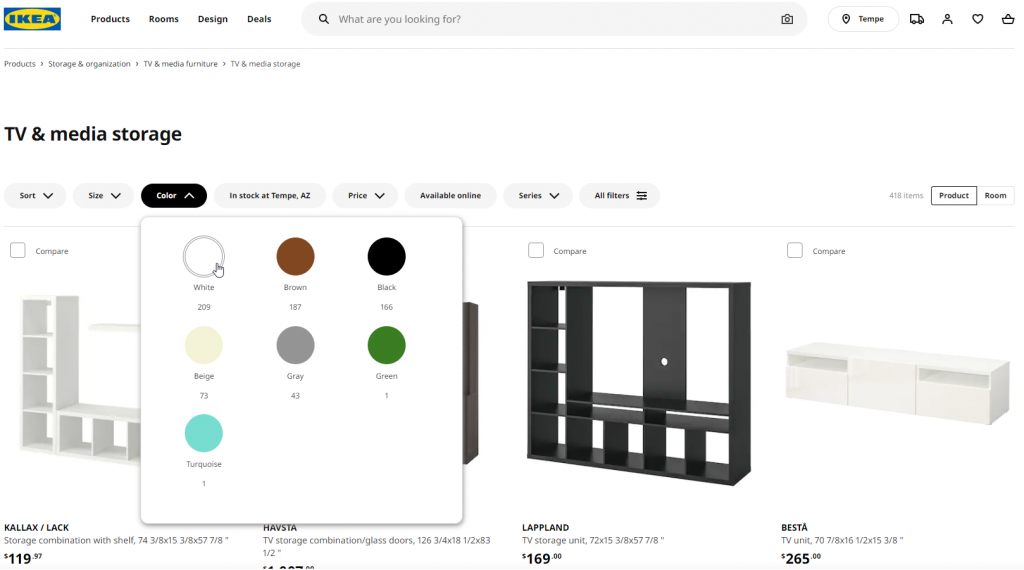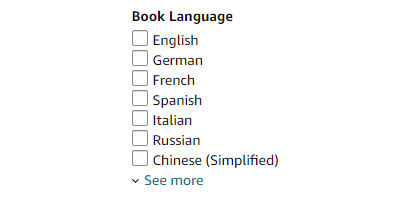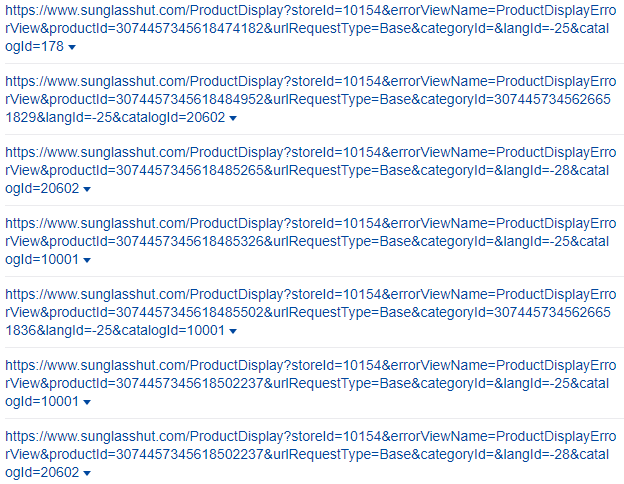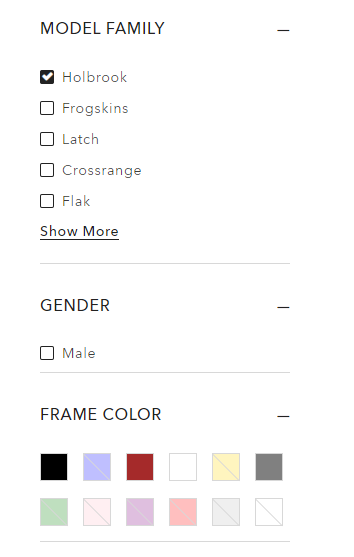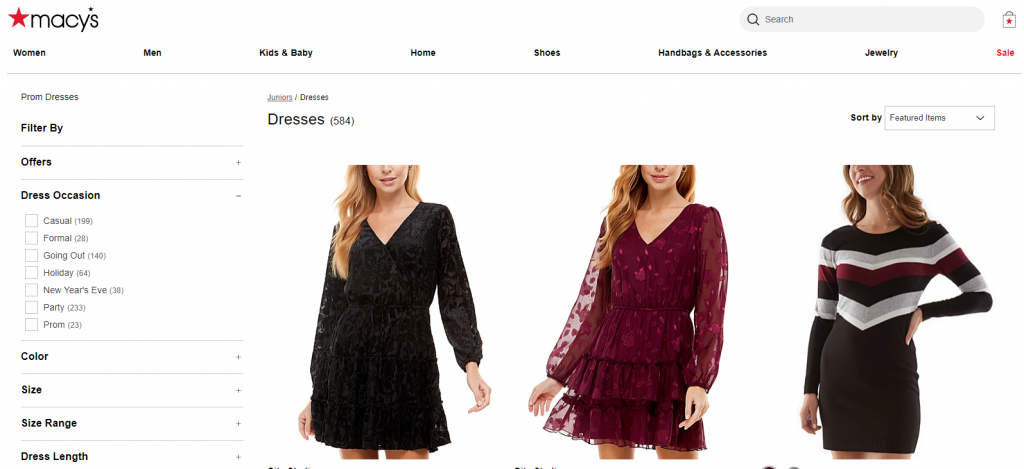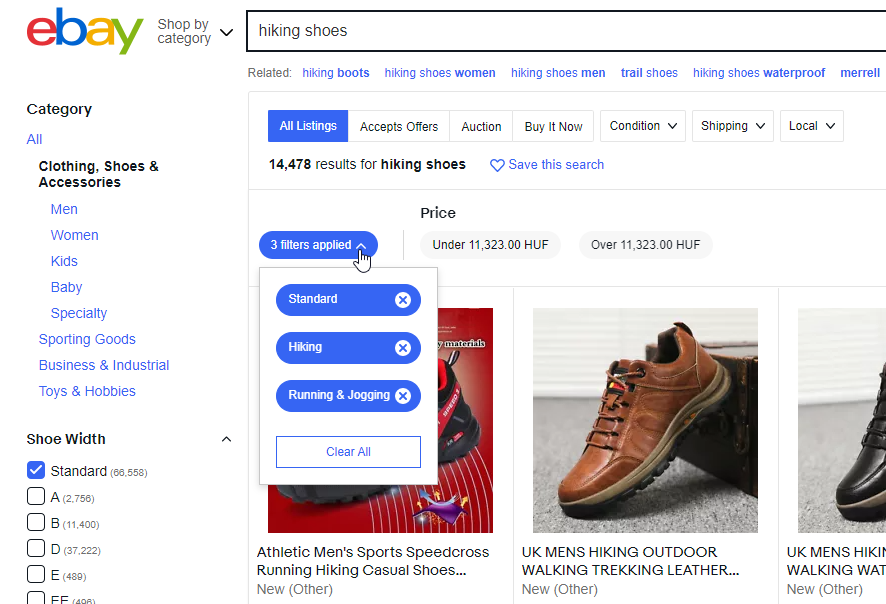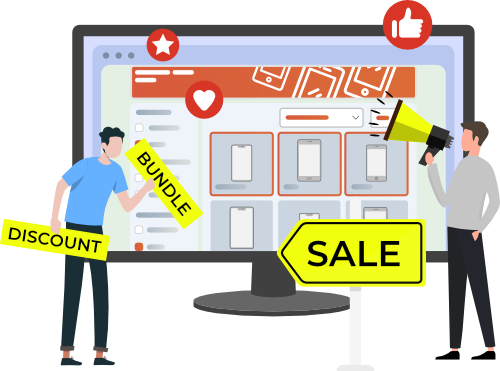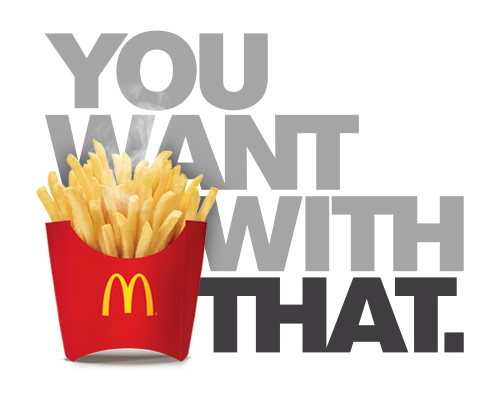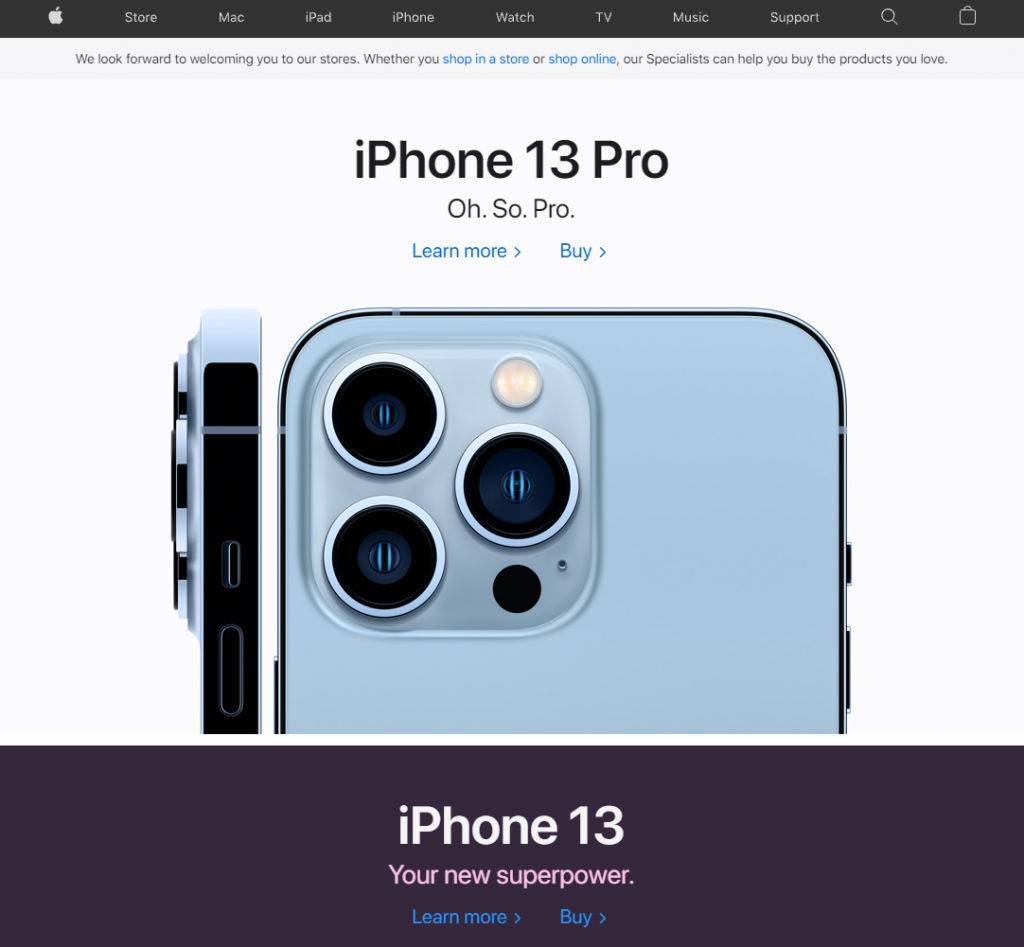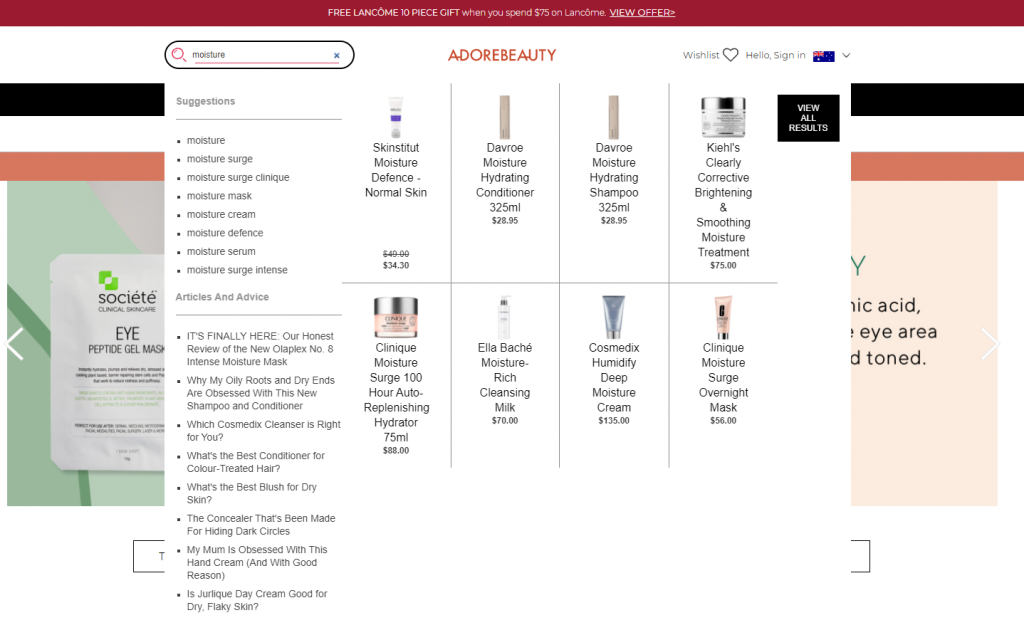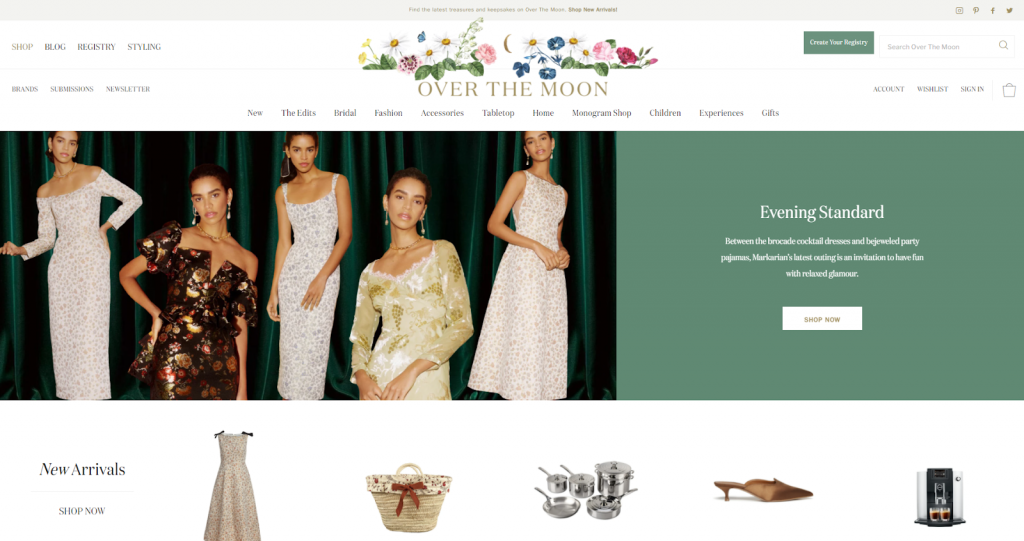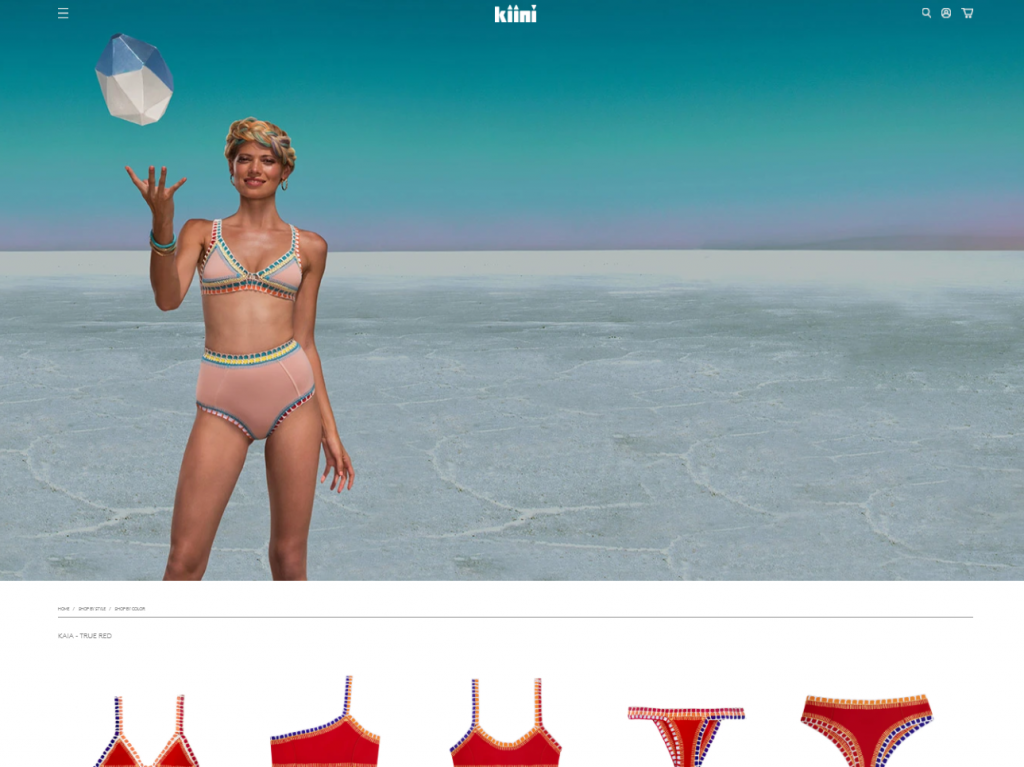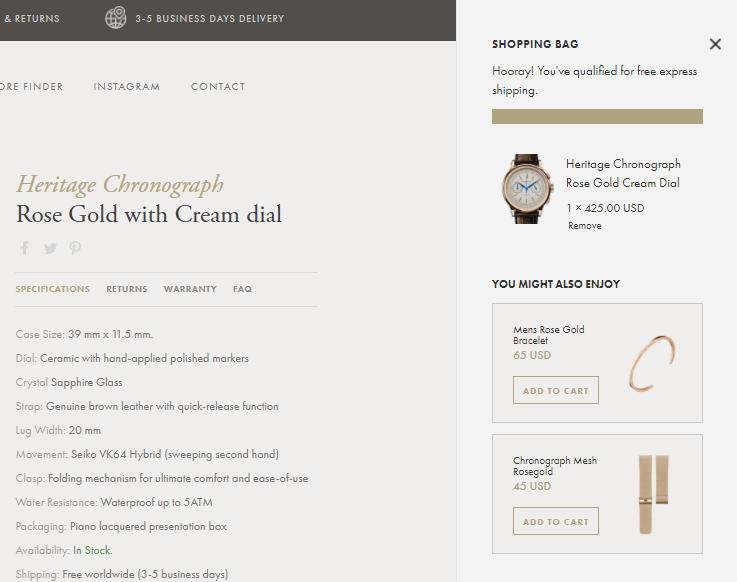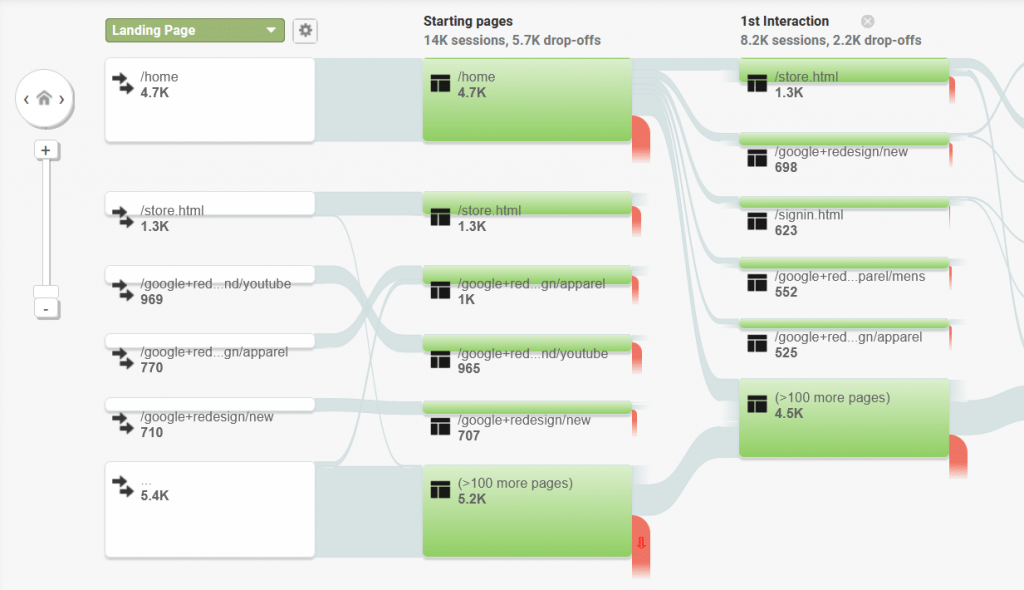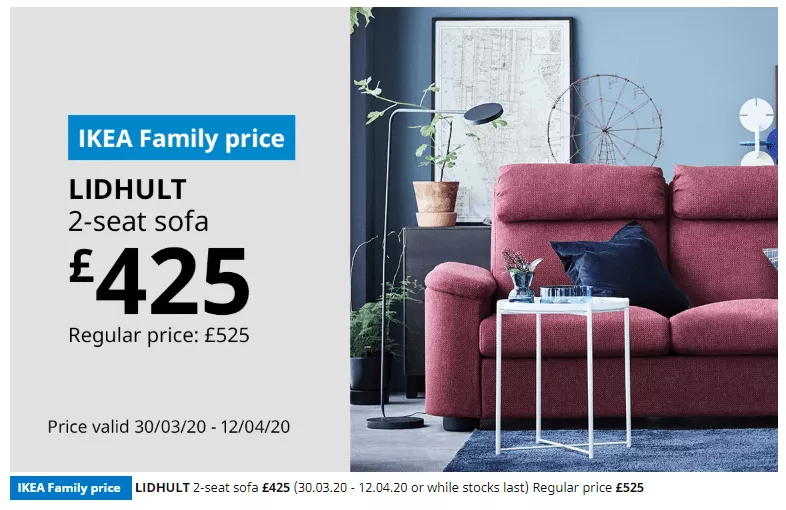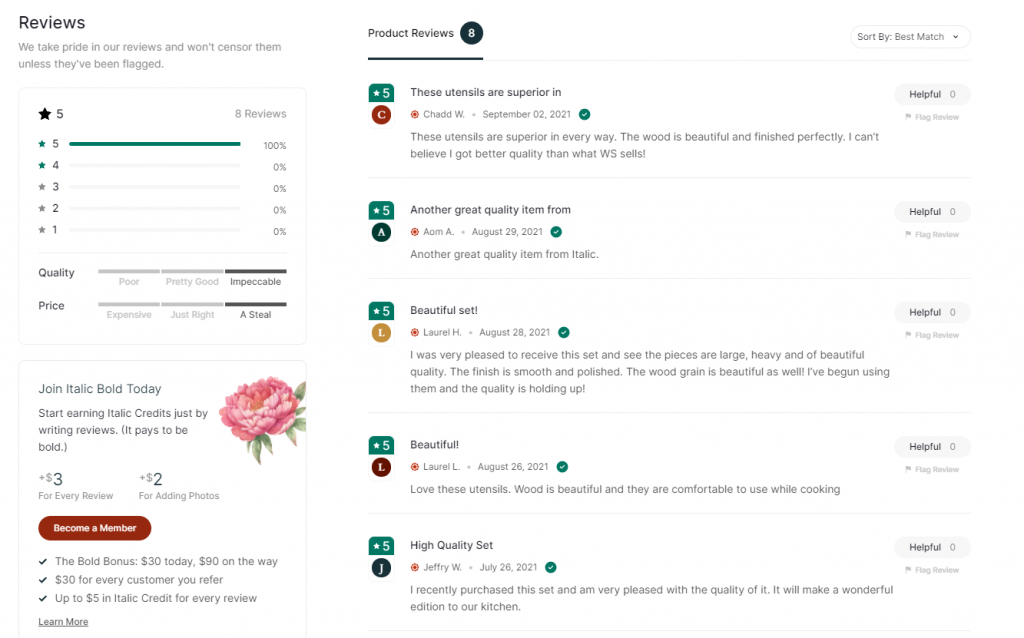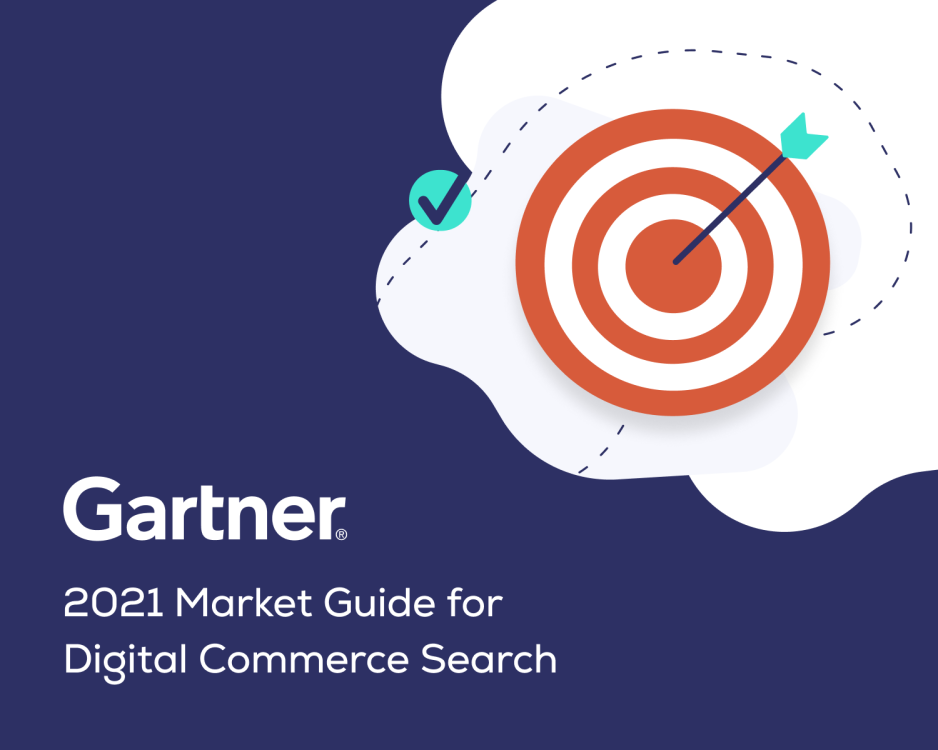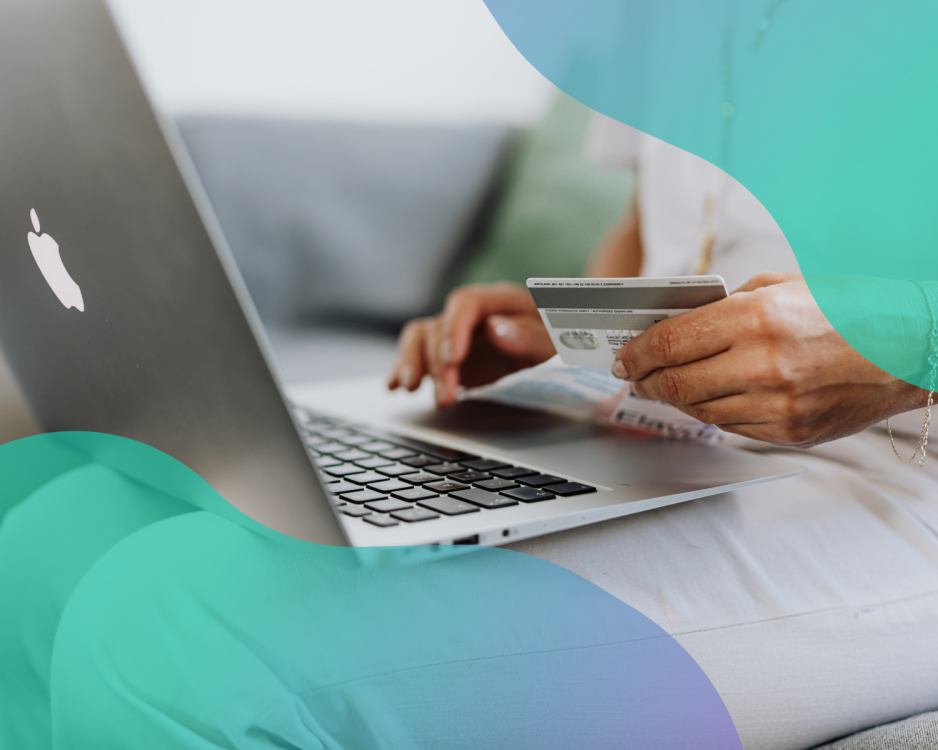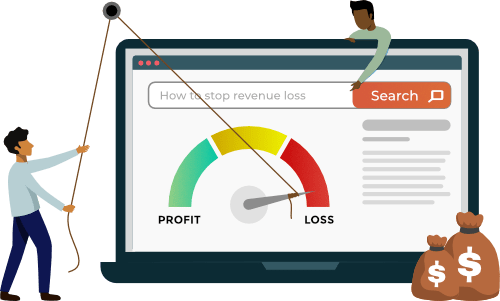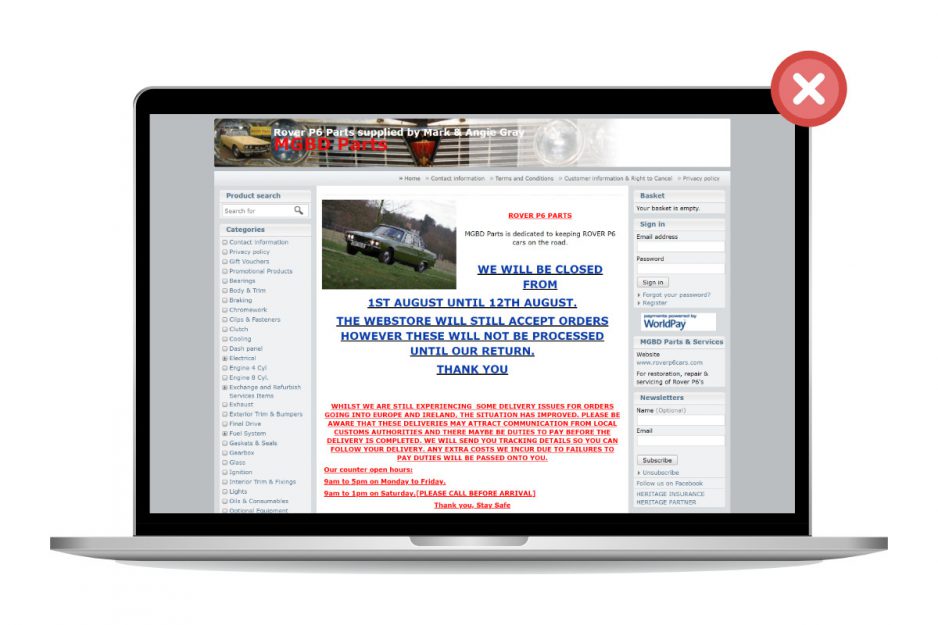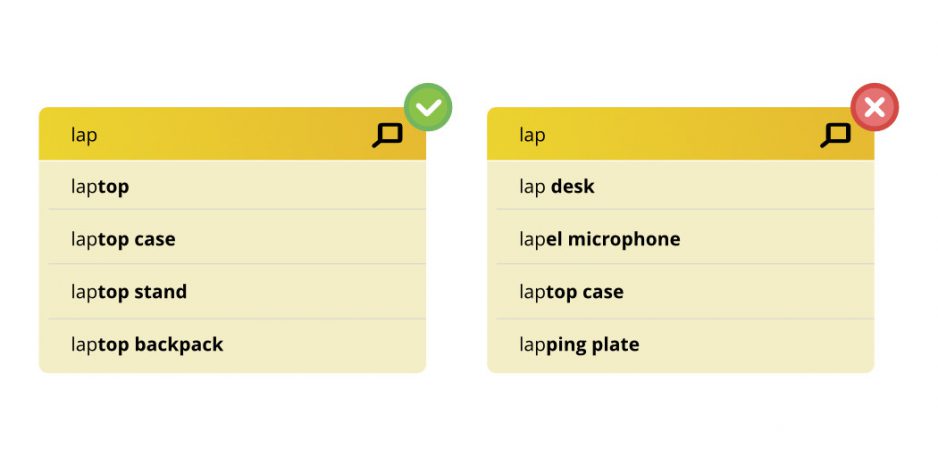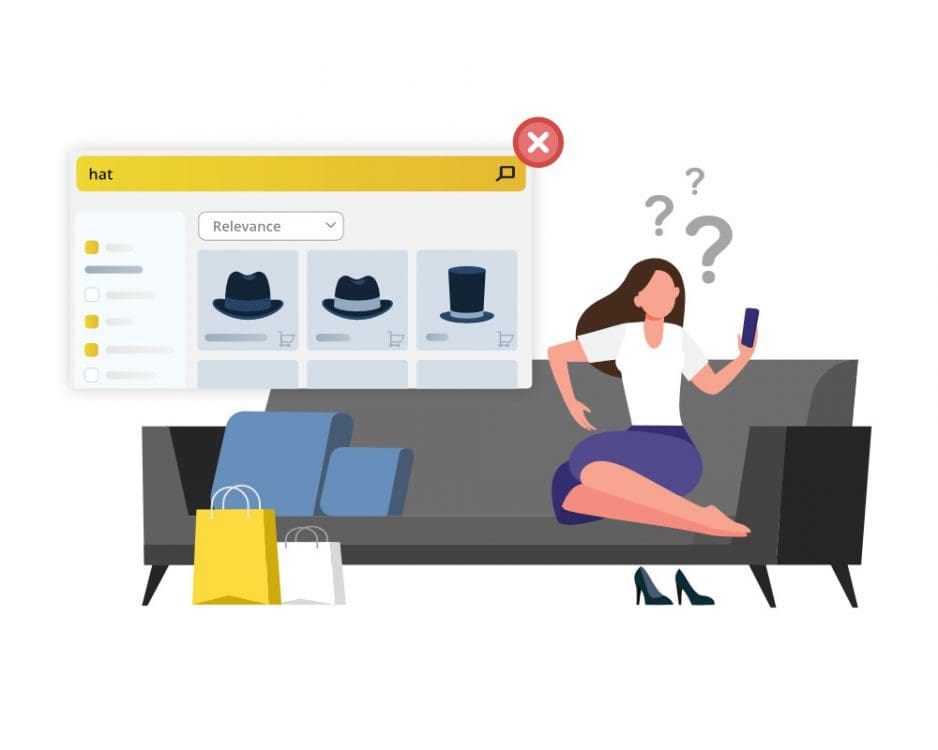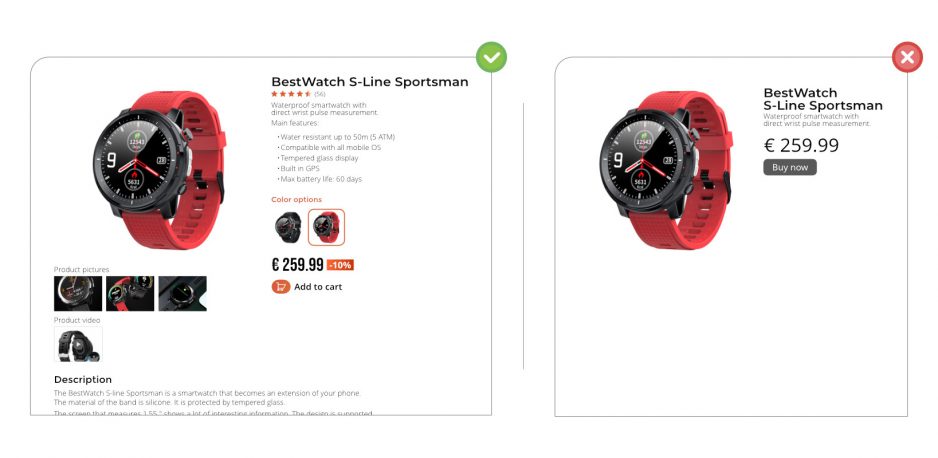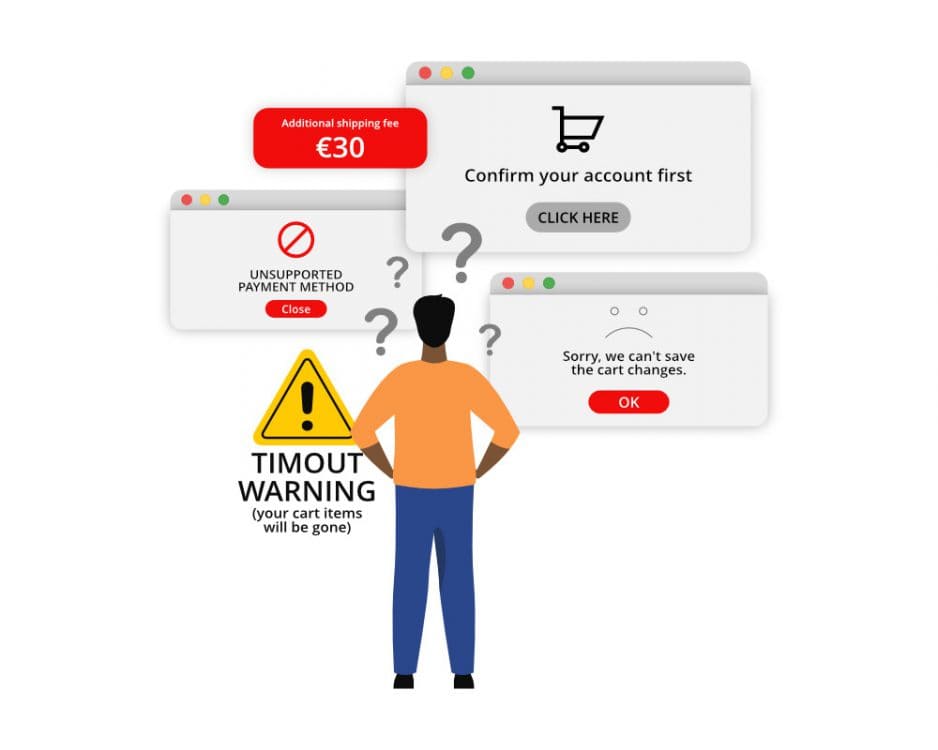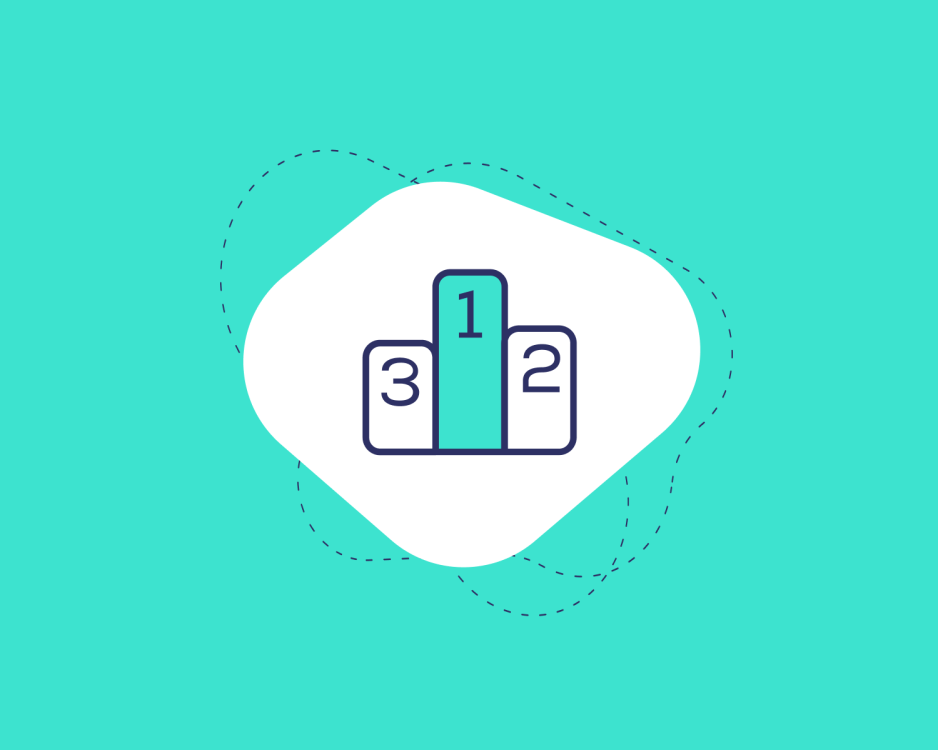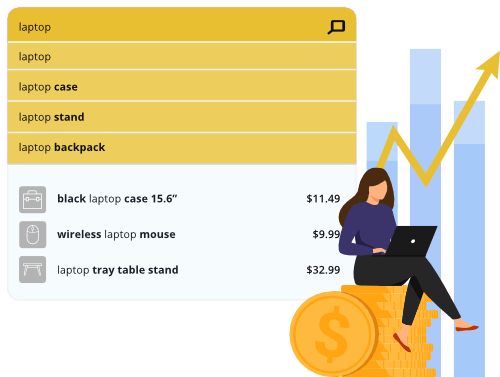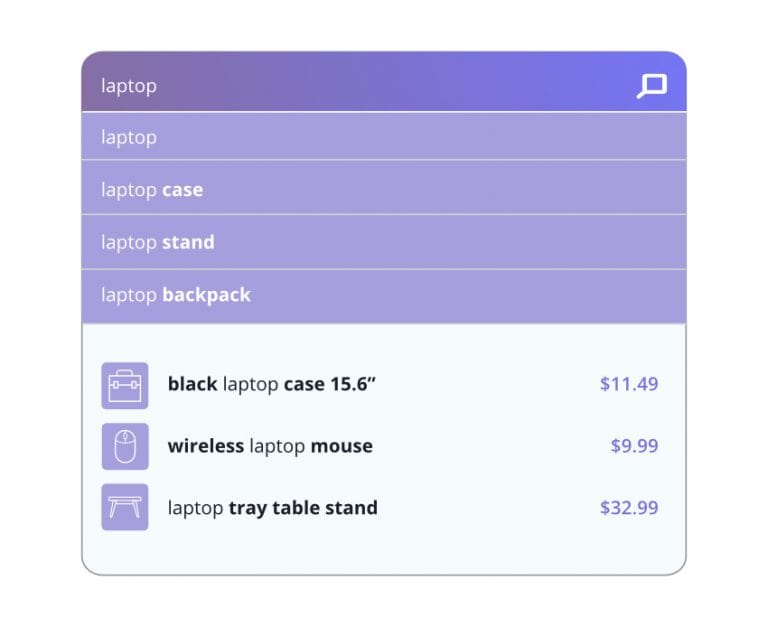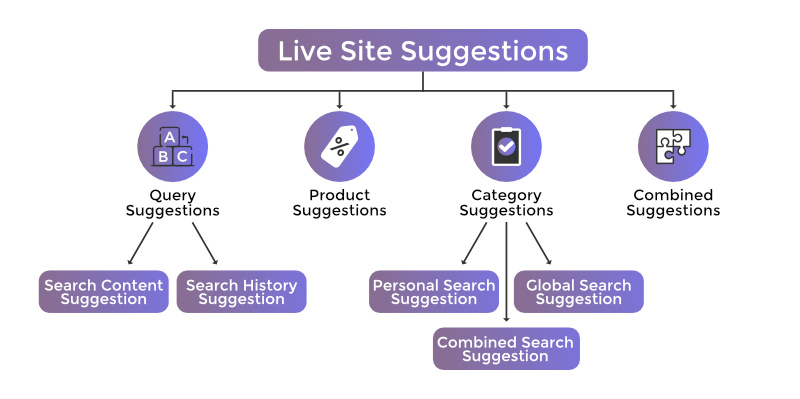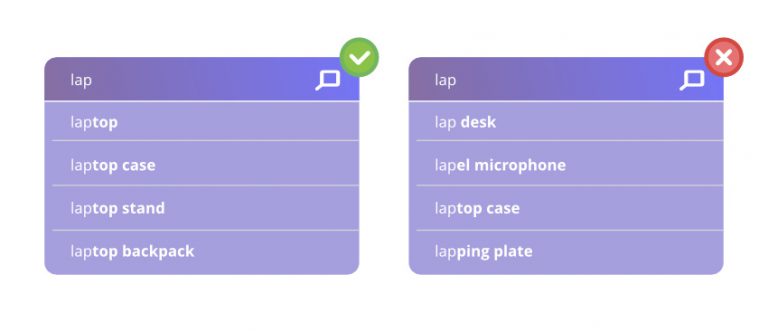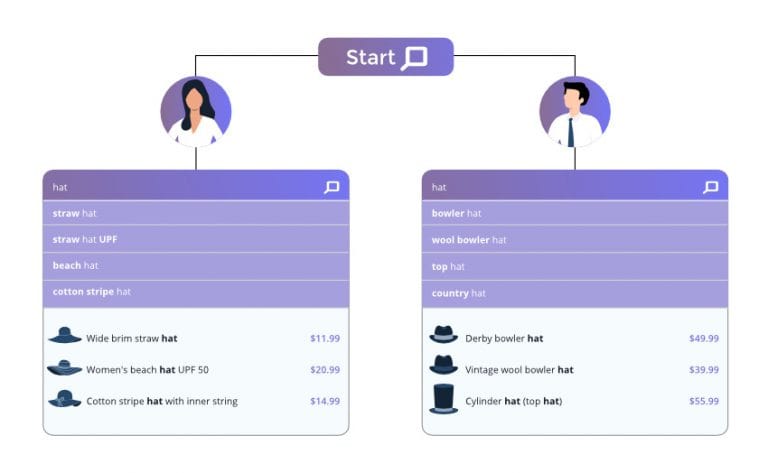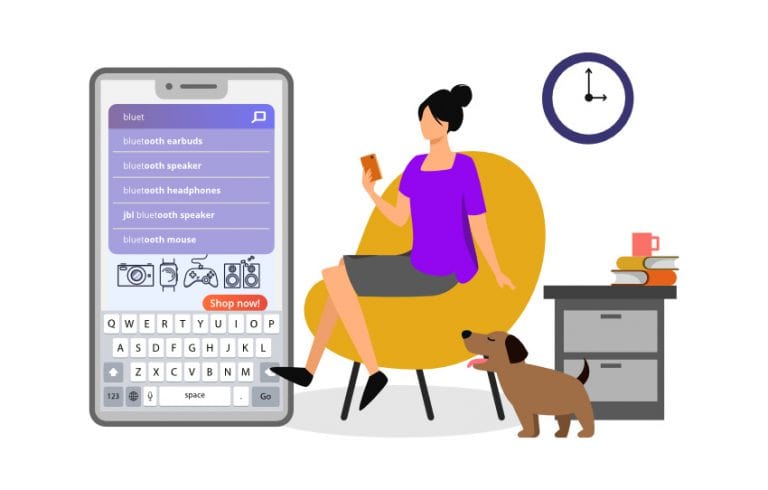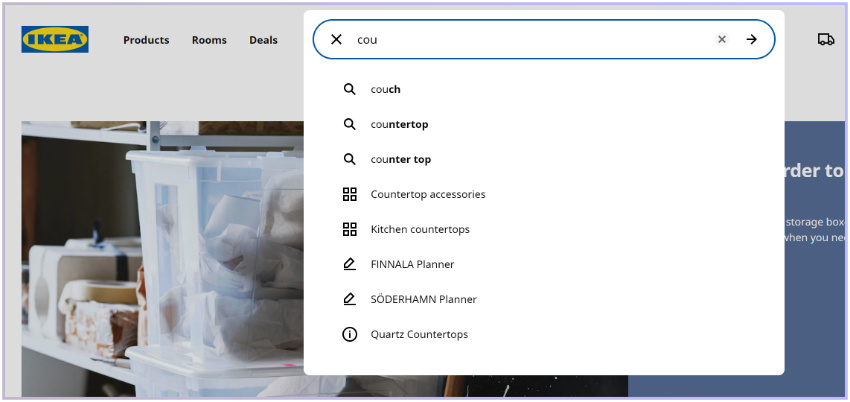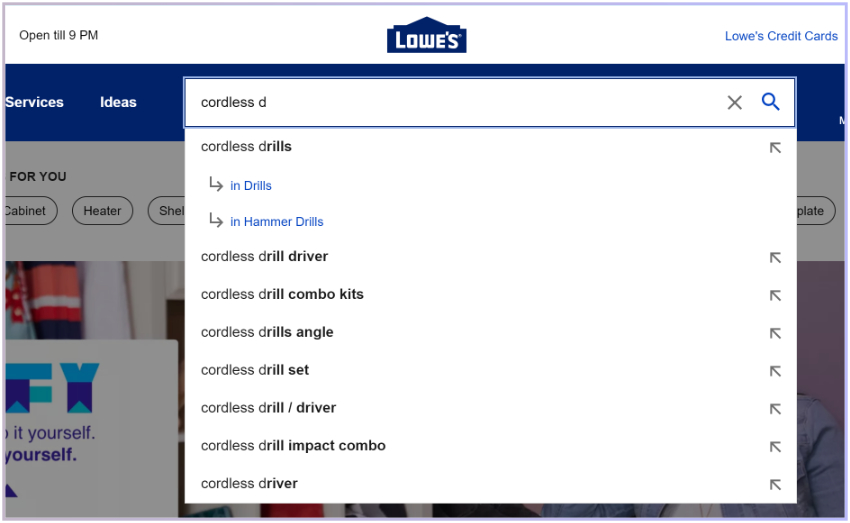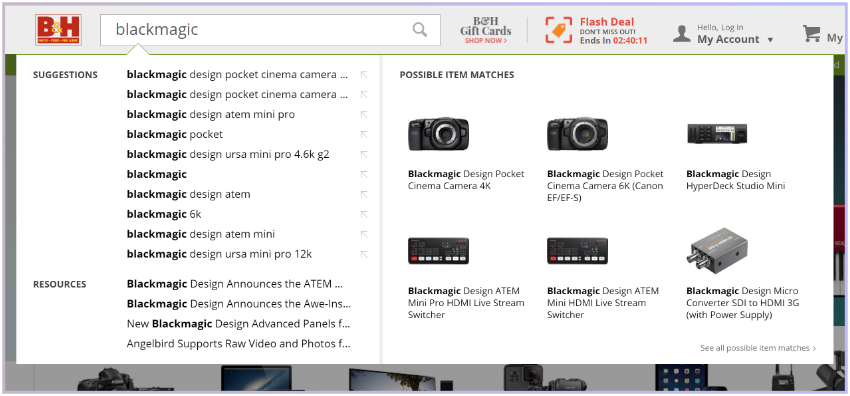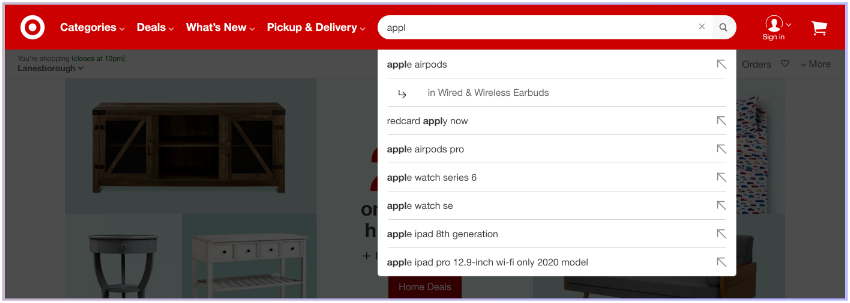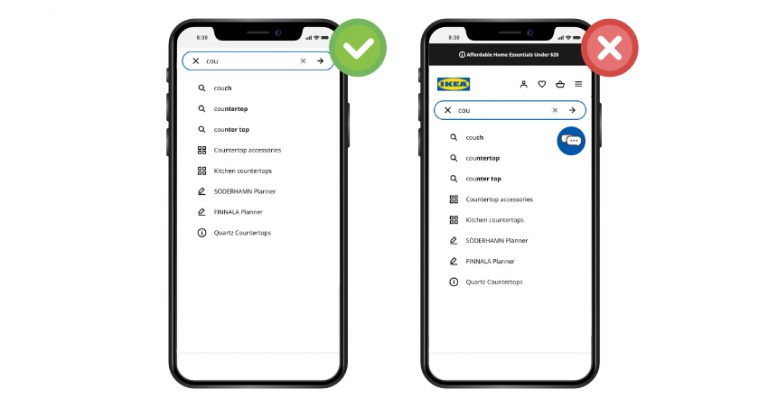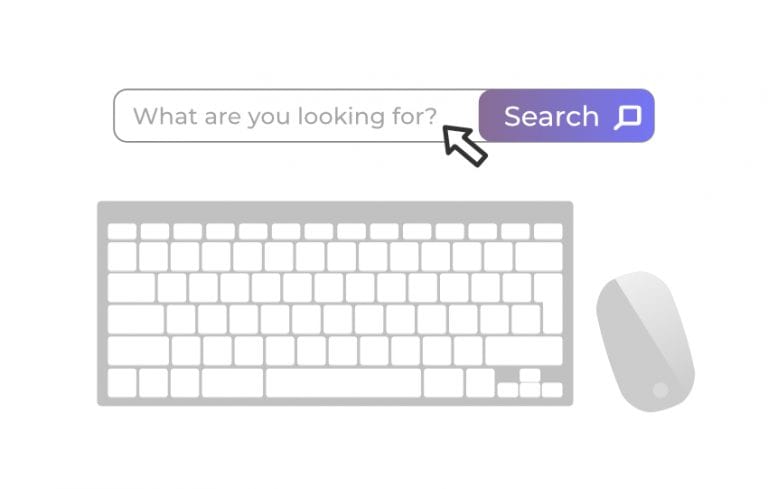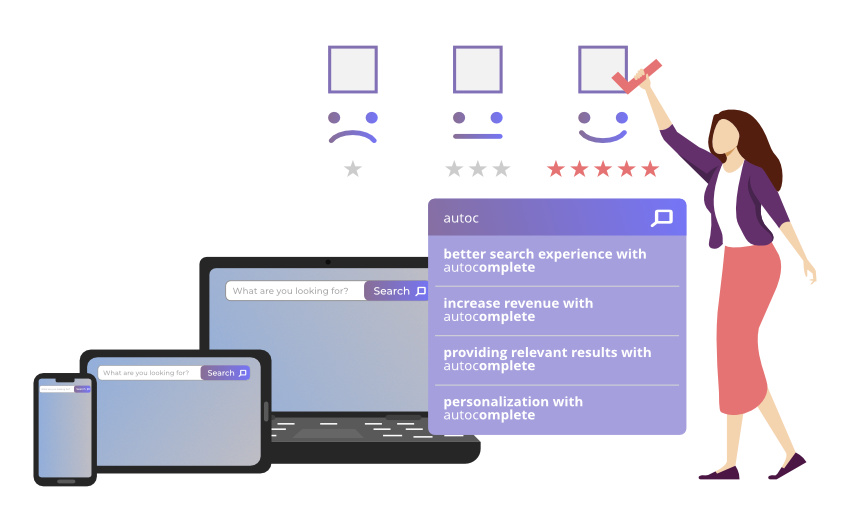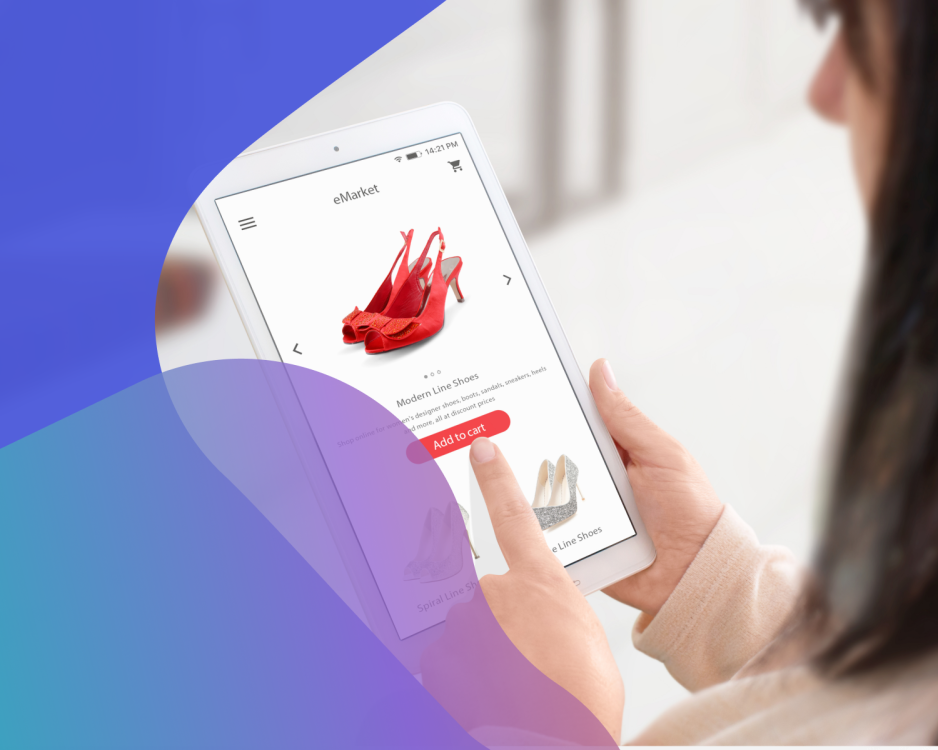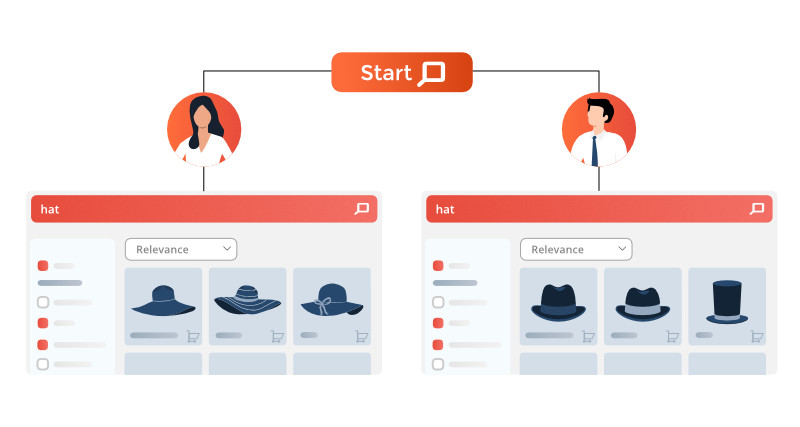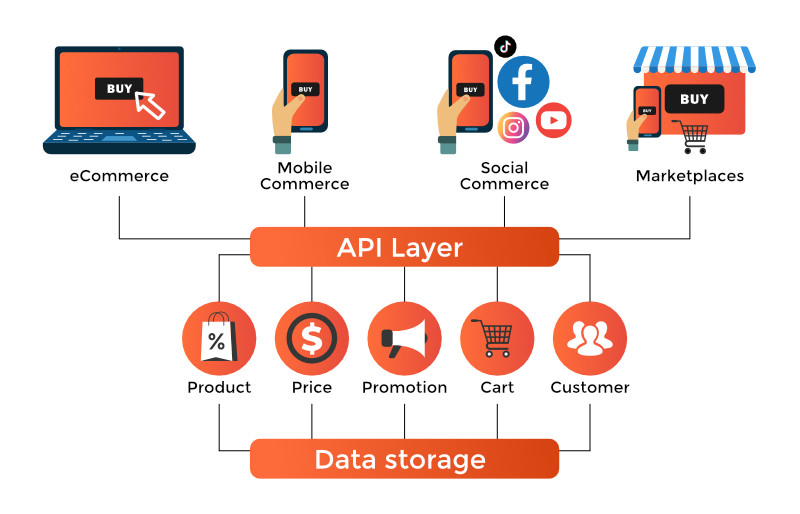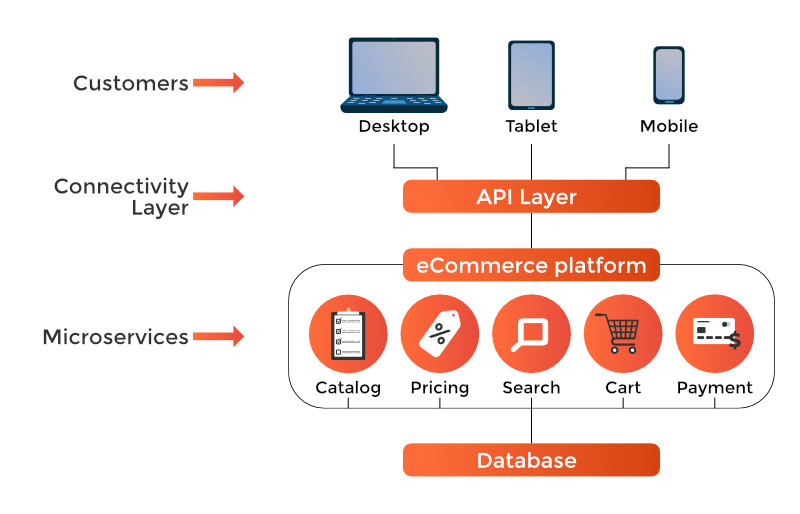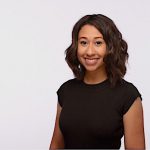What is Conversational Commerce?
Imagine communicating with your favorite brands anytime without needing to go to a physical store, wait in line, or spend hours on hold.
This is the future of Ecommerce, and it has a name: conversational commerce.
In this article, we discuss:
- What conversational commerce is
- Benefits
- Best practices
The conversational commerce market is set to grow by $290 billion by 2025, which means the time to start developing your strategy is now.
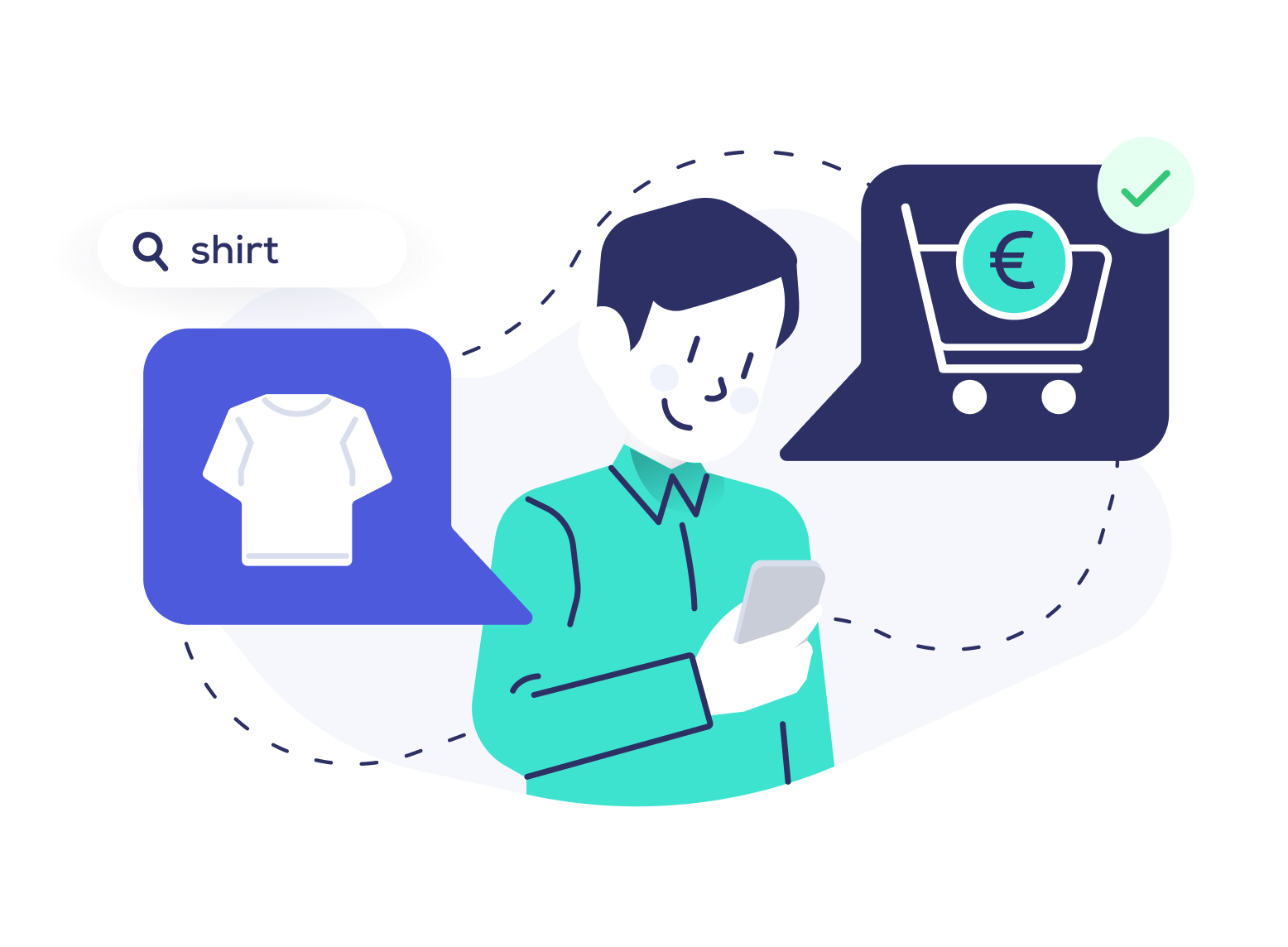
- What is Conversational Commerce?
- The Evolution of Conversational Commerce
- Why is Conversational Commerce Important?
- Popular Channels for Conversational Commerce
- Conversational Commerce Use Cases
- How Ecommerce Retailers are Using Conversational Commerce
- Advantages of Conversational Commerce in Ecommerce
- 5 Conversational Commerce Best Practices
- Conclusion
What is Conversational Commerce?
Conversational commerce is a new channel that enables retailers to interact with customers online, most commonly through messaging platforms and AI agents.
Instead of navigating to online retailers’ sites, shoppers can interact with businesses on their preferred social channels (think: Facebook Messenger) and get an immediate answer.
With conversational commerce, shoppers can ask questions, view product recommendations, request support, or purchase products with fast and personalized communication.
Users can open a mobile messaging app like WhatsApp or Facebook, ask an online retailer for wireless headphone recommendations, view relevant products, and immediately purchase what they’re looking for without navigating to the online store.
With advances in conversational AI, shoppers’ queries can be accurately understood, making communication more effective and authentic.
The Evolution of Conversational Commerce
The modern evolution of technology shows that consumers have consistently opted for convenience. When Apple introduced the iPhone in 2007, mobile devices quickly outperformed sales of desktop computers for one simple reason: users could access whatever they needed, when, how, and where they wanted it.
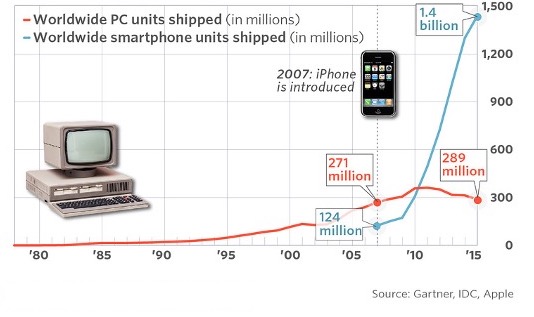
Shortly after the iPhone was introduced, messaging apps like WhatsApp and Facebook Messenger gained popularity, and conversational commerce emerged. Online businesses used Facebook Messenger and other apps to interact with customers via chatbots, which sparked a new era of sales and customer care.
WeChat paved the way too, offering a wide array of Ecommerce services and customer support within their application’s ecosystem. The popular Chinese messaging app made it easy for users to make purchases, book taxis, and pay bills all within the app. WeChat’s success inspired other messaging platforms to develop and offer a multitude of features merging Ecommerce and customer communication.
It didn’t take long for businesses to see the lucrative potential of conversational commerce, with numerous companies exploring new ways to increase sales and the customer support experience. Many initial chatbots and virtual assistants were not intuitive enough to provide the support customers were looking for. However, as technology improved, things changed.
With the introduction of generative AI and advances in Natural Language Processing, AI-powered chatbots (AI agents) can now understand and respond to complex requests authentically.
Amazon Alexa and Google Assistant are two key examples of success with conversational commerce – both devices help users engage with brands using voice commands and quickly make desired purchases.
Conversational commerce is improving and demand is growing, proving it’s here to stay. With the market set to grow by $290 billion by 2025, Ecommerce chat apps and conversational services will likely become an integral part of our lives before we know it.
Why is Conversational Commerce Important?
Conversational Commerce is a powerful tool that enables online retailers to interact with their customers exactly where they are.
By being present in the same channels their customers regularly use, brands can make themselves more accessible and develop a new sales channel: an online chat shop.
With 73% of shoppers saying the customer experience is a deciding factor in the purchase process, conversational commerce is more than important – it’s crucial.
Convenience
Customers can communicate with businesses via messaging platforms and AI agents 24/7. They can ask questions, purchase items, see personalized recommendations, or receive customer support when they want it – all within their preferred channel.
Personalization
Thanks to AI and machine learning for Ecommerce, businesses can provide personalized recommendations based on customers’ preferences, user history, and individual needs. Individualized messages, promotions, and support help create an engaging online experience that increases customer retention.
Efficiency
With chatbots, virtual assistants, and messaging apps, businesses can offer shoppers immediate assistance. Chatbots are adept at executing routine requests like processing orders or answering FAQs, which saves customers time and reduces costs by up to 30%. Nearly 80% of inquiries can be answered by a chatbot.
By reducing the need for human interaction, conversational commerce benefits shoppers and retailers. It allows retailers to meet customer expectations and build stronger relationships efficiently and effectively.
Popular Channels for Conversational Commerce
Businesses can engage in conversations with customers using several different messaging channels, chat platforms, and conversational technologies. Here are the most common types.
Social Messaging Apps
The key to a successful conversational commerce experience is convenience. Social messaging apps are one of the most convenient ways for shoppers to interact with your store because they are already an essential part of our daily lives.

Customers can use apps like WhatsApp or Facebook Messenger to get automatic answers to their questions. They can also receive customer support, explore relevant product recommendations, and navigate the shopping process from search to completed transaction.
If an avid runner needs new shoes, they can open their preferred social messaging app on their phone, message a store, explore personalized recommendations, and purchase a new pair of shoes in minutes.
Alternatively, if an item isn’t delivered on time, customers can quickly learn why on their messaging app of choice.
Messaging apps generally consist of a combination of chatbots and live human agents. Chatbots handle most inquiries and can pass a customer on to receive more personalized human assistance when required. This approach to social shopping cuts customer service costs and ensures shoppers receive the stellar customer support they need.
Chatbots and AI agents
Chatbots leverage natural language processing to understand user intent and stimulate authentic human conversation in an instant. Advances in generative AI have made it possible for them to understand complex requests, provide answers to user queries, offer 24/7 customer care, and guide users through the shopping journey.

There are two main types of chatbots. Rule-based chatbots follow a set of predetermined rules to respond to customer questions. AI agents are more complex, leveraging machine learning algorithms to understand user intent and improve replies over time.
In addition to handling the majority of user requests, chatbots can generate significant Ecommerce revenue for businesses. By seamlessly highlighting relevant promotions, offering personalized product recommendations, and collecting user feedback, chatbots successfully drive sales.
Voice Assistants
Voice chats are a powerful way to improve customer interactions. Apple’s Siri, Amazon Alexa, and Google Assistant are the most popular voice search assistants on the market.

Like other conversational commerce tools, voice assistants help with product discovery, provide information, assist with purchases, and offer customer support.
By integrating voice assistants with additional technology like NLP or sentiment analysis, E-commerce brands can create advanced customer conversations.
Modern voice technology can determine a user’s mood by analyzing their tone of voice and returning responses accordingly.
Digital voice assistants help E-commerce websites further create convenient, personalized shopping experiences by making it easy for users to navigate the purchase journey without needing to type or research what they’re looking for.
Conversational commerce is all about keeping customers’ best interests in mind. As technology continues to evolve, new platforms and channels are sure to surface.
Conversational Commerce Use Cases
The conversational commerce landscape is rapidly growing, evolving, and opening up an entirely new avenue for sales.
AI agents function as “chat shops,” where shoppers can conveniently navigate the shopping journey through conversation.
Let’s explore two most common, beneficial, and lucrative use cases for conversational commerce: product discovery and customer support.
Improving Product Discovery
Most conversational commerce platforms leverage NLP (natural language processing) to understand user intent. Therefore, shoppers can ask for the products they want however feels natural to them and instantly see relevant results.
By collecting and analyzing user behavior data and interactions, Ecommerce retailers can better understand what shoppers are looking for and effectively tailor a wide range of product recommendations to meet their needs.
Let’s explore how data-driven product recommendations can improve the shopping experience and drive sales.
Showcase Relevant Products
With chatbots or other conversational support offerings, shoppers can state their preferences and quickly explore relevant products for any query.
If a user wants to buy a pair of running shoes but is undecided on brand or style, they can simply tell the chatbot what they’re looking for, their size and color preferences, and explore the most relevant items.
Even more impressive is that chatbots understand colloquial language and detailed queries that could never fit in a search box.
If a shopper types, “Show me a laptop good for gaming that” then specifies “that are easy to carry in my backpack,” chatbots can immediately present the most relevant options.
In addition to helping shoppers feel understood by intuitively responding with relevant products, chatbots can shorten the path to purchase by presenting products shoppers are most likely looking for.
Upsell and Cross-Sell with Product Recommendations
Chatbots are a valuable tool for upselling and cross-selling.
If a shopper is looking for a laptop, AI agents can be programmed with Ecommerce merchandizing capabilities to recommend specific brands or popular models.
Additionally, if a shopper purchases a laptop, chatbots can recommend complementary or additional products like a computer mouse or earphones to round out their purchase.
Provide Product Information
Shoppers often need product information before making a purchase. Users may be interested in sizing information, pricing, discounts, product reviews, or return status. Chatbots streamline the search experience by providing responses instantly.
Keep in mind, just like with Ecommerce search result page design, the product information must be presented in clear and easy-to-understand ways that guide customers through the purchase journey.

Customer Support
In the digital age, shoppers expect to have their needs met immediately. If they don’t find the products or information they’re looking for, they’ll leave your store and head to a competing site.
Chatbots and virtual assistants can improve customer relationships with people by understanding their concerns and providing real-time customer feedback. Let’s look at a few ways chatbots can assist with customer support.
1st Line Customer Support
AI agents understand customers’ questions and immediately respond with answers from your knowledge base. In addition to alleviating frustration and creating a quick user experience in your store, automating support with chatbots saves Ecommerce businesses money and resources because it prevents the need for human interaction.
Connect to Live Support Agents
While AI agents can effectively handle a large number of inquiries, these conversations are not yet capable of doing everything.
When online or mobile users need additional support, they can be seamlessly connected to live chat agents on the customer service team.
Having company representatives provide personalized support for necessary requests will help shoppers feel cared for and resolve their issues more efficiently.
Track Deliveries
Chat commerce enables shoppers to communicate in real-time, making it easy for them to inquire about the delivery status of their purchase and receive an immediate answer.
By providing instant notifications, updates, and instant answers to customer concerns, conversational commerce is a powerful way to meet customer demands, reduce frustration, and improve the tracking experience.
How Ecommerce Retailers are Using Conversational Commerce
More and more retailers are adopting conversational commerce in the E-Commerce space. Companies like H&M, Burberry, and American Eagle Outfitters offer AI agents to help their user base find products, offer styling advice, and provide special care on different platforms.

While conversational commerce has been prevalent in the online retail industry, companies have only cracked the surface of what’s now possible with generative AI. Advances in technology have made it possible for online retailers to better understand customer support requests, provide more personalized interactions, improve customer engagement, and increase online sales.
Let’s take a closer look at some of these benefits.
Advantages of Conversational Commerce in Ecommerce
Conversational commerce benefits shoppers and online retailers by offering on-demand support without traditional overhead costs.
Businesses that utilize online messaging platforms and AI agents to interact with users improve the customer experience, drive sales, and create significant business impact.
Let’s take a look at a few key benefits.
Improved Customer Engagement
Conversational commerce enables businesses to interact with potential customers on demand. Providing personalized communication efforts to shoppers exactly when and where they want them can help businesses build trust and inspire loyalty. Helpshift found that 83% of customers would contact a brand messaging service if the response there is immediate.
AI agents can accurately respond to routine customer queries, suggest relevant products that shorten the path to purchase, and offer human-like correspondence that keeps users engaged, satisfied, and coming back for more.
Furthermore, chatbots can offer exclusive discounts and promotions. Targeting deals and offers to individual customers creates a sense of urgency, engages shoppers, and encourages them to purchase.
These interactive experiences help users seamlessly navigate the shopping journey from start to finish and inspire them to return for repeat purchases.
Higher Conversion Rates
By leveraging AI and machine learning algorithms, businesses can understand user intent and accurately provide shoppers with the products, information, and support they need to make confident purchases.
Offering data-based recommendations via conversational commerce effectively inspires catalog discovery, helps you hit key Ecommerce KPIs, and builds loyal customers.
If a shopper wants to buy a laptop on a budget, a virtual assistant can provide recommendations and answer questions about product specifications like size or hard drive space.
By ensuring easy conversation with customers and offering the information they need to make a confident purchase, Ecommerce businesses can achieve a rise in conversion rate, customer satisfaction, and online revenue.
Cost-Savings
Conversational commerce is conducted online, which reduces the need for overhead costs like physical storefronts and employees.
Conversational commerce leverages automation, enabling businesses to answer frequently asked questions and perform routine tasks without physical labor. Automating support and the sales process saves time and resources when handling orders or inquiries.
Additionally, AI agents can handle high volumes of customer requests at once, making it easy for businesses to scale up or down depending on demand.
Personalized Experiences for Customers
Personalizing the shopping experience shows shoppers you understand them and can meet their needs.
AI agents use data mining and machine learning to analyze patterns in user behavior and make tailored recommendations that align with their preferences.
Leveraging AI to predict what customers need is an effective way to help shoppers find what they’re looking for and help guide them through the purchase journey.
AI agents can also send personalized messages and updates to customers. Welcome messages, order confirmations, and shipping updates via chatbots help shoppers stay up to date with previous purchases and engaged as they navigate your site.
As technology continues to evolve, AI agents are getting better at interacting with customers and understanding what they’re looking for. Nowadays, chatbots for Ecommerce fashion stores can ask shoppers about their style preferences, analyze thousands of products in a catalogue, and suggest clothing that aligns with their tastes.
And it’s not just the E-commerce market. These advanced communication methods are transforming the hospitality industry, the banking industry, and so many more.
Valuable User Behavior Data
Conversational commerce provides online retailers valuable insights into user behavior and preferences, which can improve personalization efforts, products, and other services.
Data can be collected in a variety of ways.
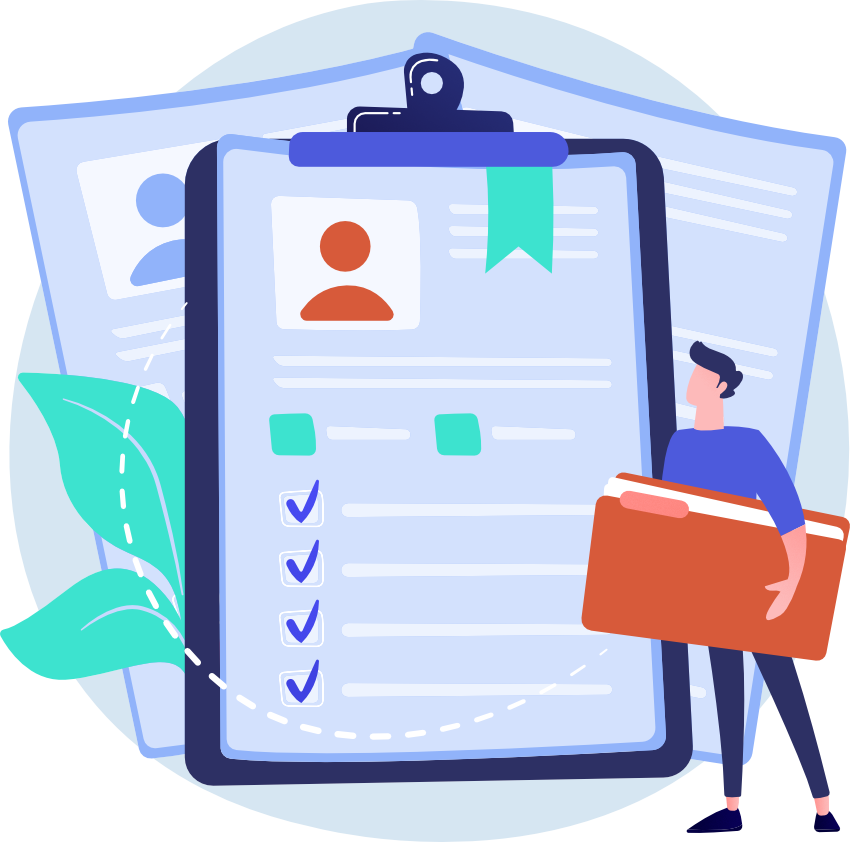
Machine learning algorithms collect and analyze user behavior data, which improves product recommendations and tailored customer service efforts.
Messaging platforms store chat logs of interactions between AI agents and customers, which offer insightful information about customer preferences, behavior, and common pain points.
AI agents can be programmed to request feedback from users after an interaction. This information can help gauge customer satisfaction and address room for improvement for the chatbot.
Conversational commerce platforms track user demographics and shoppers’ purchase history, which is useful in offering data-driven recommendations and discounts.
By collecting data at all phases of the online shopping journey, Ecommerce businesses can identify room for improvement and make optimizations for increased customer satisfaction and sales.
Reduced Abandoned Carts
As the Ecommerce industry continues growing, so does the shopping cart abandonment rate. About 70% of online shoppers add products to their cart via autocomplete search or along the customer journey and leave the store without purchasing them. However, conversational commerce can help mitigate the problem.
If a shopper is on the verge of abandoning their cart, AI agents can intervene.
Proactive customer engagement like reaching out to customers with carefully crafted messages can increase the chances of a customer completing their purchase.
Furthermore, AI agents allow shoppers to purchase their items directly in the conversation window. Streamlining the shopping journey to prevent shoppers visiting another page can help reduce the abandoned cart rate and keep businesses ahead of the curve.
5 Conversational Commerce Best Practices
While implementing conversational platforms into your Ecommerce strategy is crucial, it’s important to keep the following best practices in mind to maximize its potential.
1. Prioritize the Customer Experience
The goal of conversational commerce is to improve the customer experience. In addition to implementing site search best practices in your store, one of the most effective ways to prioritize customers is by creating convenient shopping experiences.
Make sure you put what customers need at their fingertips.
The best way to prioritize customers is by leveraging data like demographics, browsing behavior, and purchase history to inform targeted response algorithms and return relevant results.
Data-driven responses that improve over time to accurately address shoppers’ questions and help them explore relevant products will ensure your conversational commerce solution is convenient, engaging, and creating customer satisfaction.
2. Use a Conversational Approach
Simply integrating an AI agent into your online store and app messaging will not suffice. You must establish rules and guidelines for chatbot responses to create a consistent, reliable, and quality experience. The same applies to voice assistant interactions; communication must feel natural.
The best way to create authentic communication is to keep the customer in mind. Take advantage of key user touch points and offer personalized interactions throughout the most crucial stages of the purchasing journey. Carefully planning your conversational commerce strategy will help ensure you create an engaging experience with a personal touch.
3. Monitor, Test, and Refine Your Conversational Experience
AI-driven conversations are not a set-it-and-forget solution. You must consistently ensure your AI agents are responsive and effective. This will help you provide shoppers with the best possible experience.
To monitor performance, identify your specific goals and track the right metrics. A few insightful metrics are conversion rate, customer satisfaction ratings, and response time. These key metrics will help you identify room for improvement and make adjustments where necessary.
It’s also a good idea to test messaging strategies and tools to get an accurate idea of what keeps shoppers engaged and drives sales. Consistently monitor results and optimize your solution to get the most out of your conversational commerce efforts.
4. Provide Valuable and Relevant Information
Customers trust that information provided through conversational commerce channels is relevant and accurate. Therefore, all interactions, answers, and assistance must align with what shoppers want. If users ask for headphone recommendations and see suggestions for computer mice, they will likely grow frustrated, lose trust in your brand, and not return to your store.
Leverage user behavior data to provide relevant and accurate responses. When shoppers receive factual information that guides them seamlessly through the purchase process, this creates a positive impression of your store and inspires repeat business.
To ensure chatbots and virtual assistants return relevant results, track analytics and monitor performance data. This will show you what’s keeping shoppers engaged and where there’s room for improvement.
Furthermore, the conversational nature of AI agents makes it easy to ask for user feedback. Program your chatbot to ask users if their query was addressed properly with a simple thumbs-up or thumbs-down button. Directly asking for feedback will help you see if shoppers find their interactions valuable and relevant and help you discover room for improvement if necessary.
5. Maintain a Human Touch
While AI agent responses are automated, it is crucial that interactions feel authentic and personal. Even if shoppers ask general questions or perform routine actions, communication shouldn’t feel robotic or impersonal.
Create natural-feeling interactions by using a conversational tone. Refer to customers by name and incorporate personality and your brand identity into your messaging so your AI agents feel like a natural extension of your store.
Make sure your AI agents respond promptly, too. Answering inquiries in a timely manner will show you value customers’ time and help build trust.
Lastly, keep in mind that AI agents need an abundance of data to be most effective. When first implementing AI agents into your conversational commerce strategy, it’s best to run a co-pilot scenario with a human who can review replies. Having humans monitor AI agent interactions during the learning phase will ensure replies accurately address users’ inquiries while feeling authentic and natural.
Conclusion
Conversational commerce is a powerful tool that helps businesses improve the customer experience and drive sales. By providing personalized, accurate, and timely responses to customer requests, AI agents and other types of conversational commerce can keep shoppers engaged, inspire them to purchase more items, and create a positive impression of your brand.
The most prevalent forms of conversational commerce include AI agents, virtual assistants, voice assistants, and social media platforms. However, rapid advances in artificial intelligence will continue to make conversational commerce even more engaging and effective.
When implementing conversational commerce in your store, make sure to adhere to best practices, consistently measure performance, and stay on top of growing trends to exceed your shoppers’ expectations and keep your E-commerce store ahead of the competition.
For a comprehensive understanding of conversational commerce, check out our additional articles on this topic covering types of platforms, use cases and implementation strategies.

